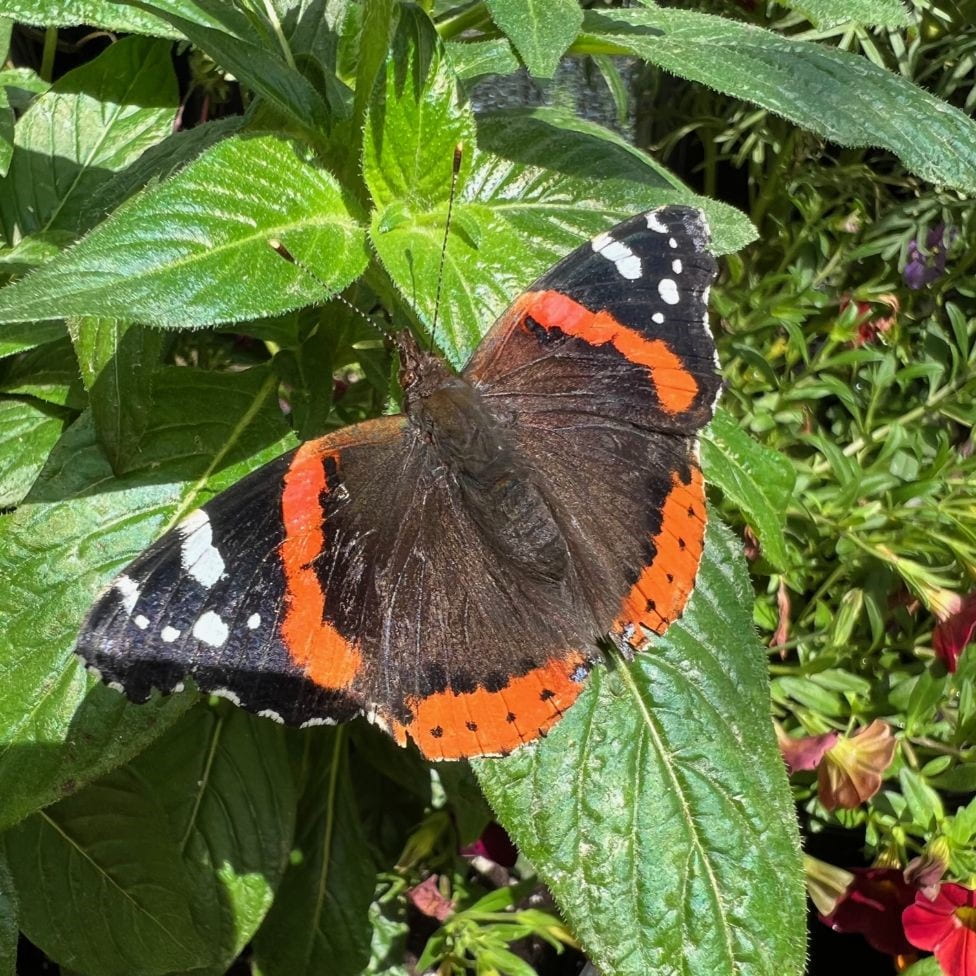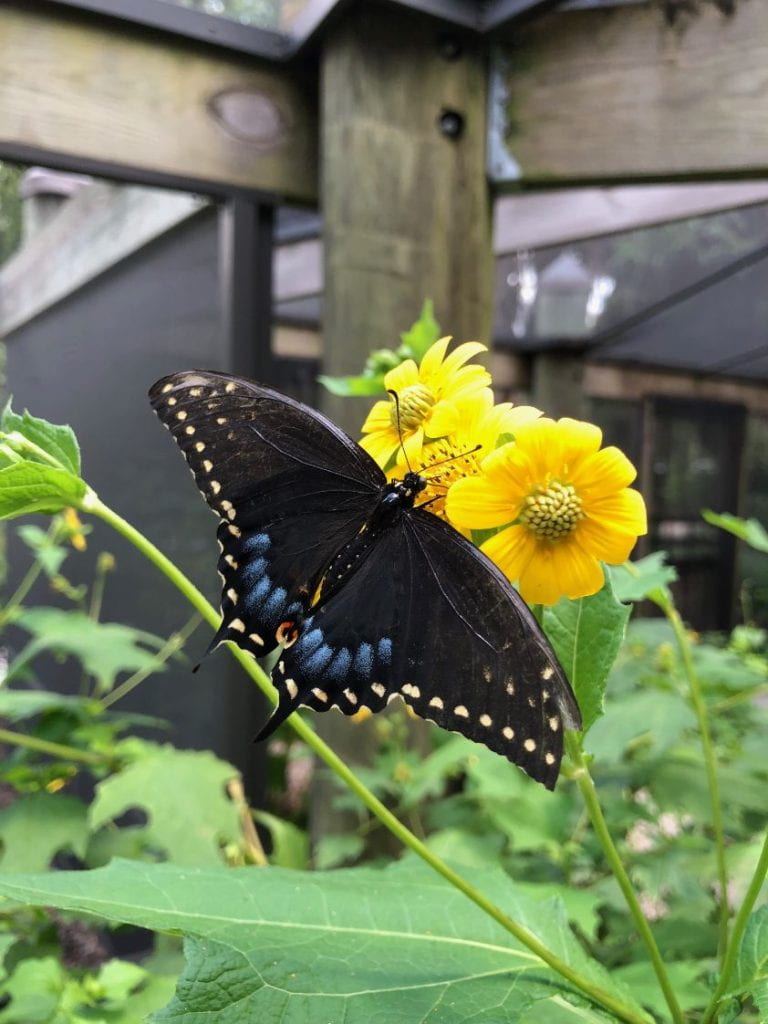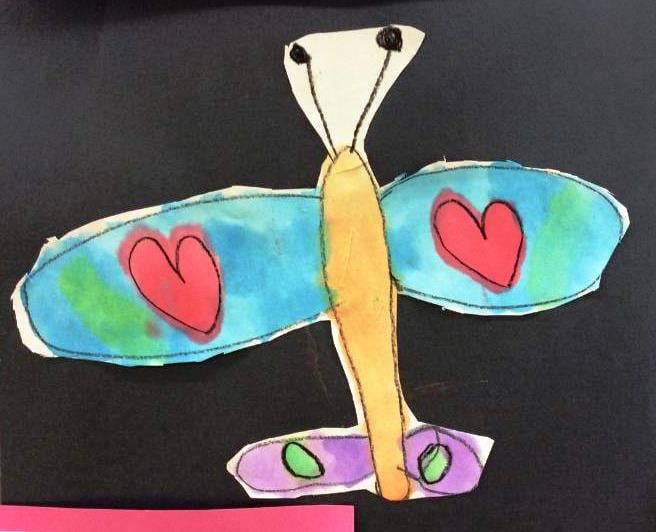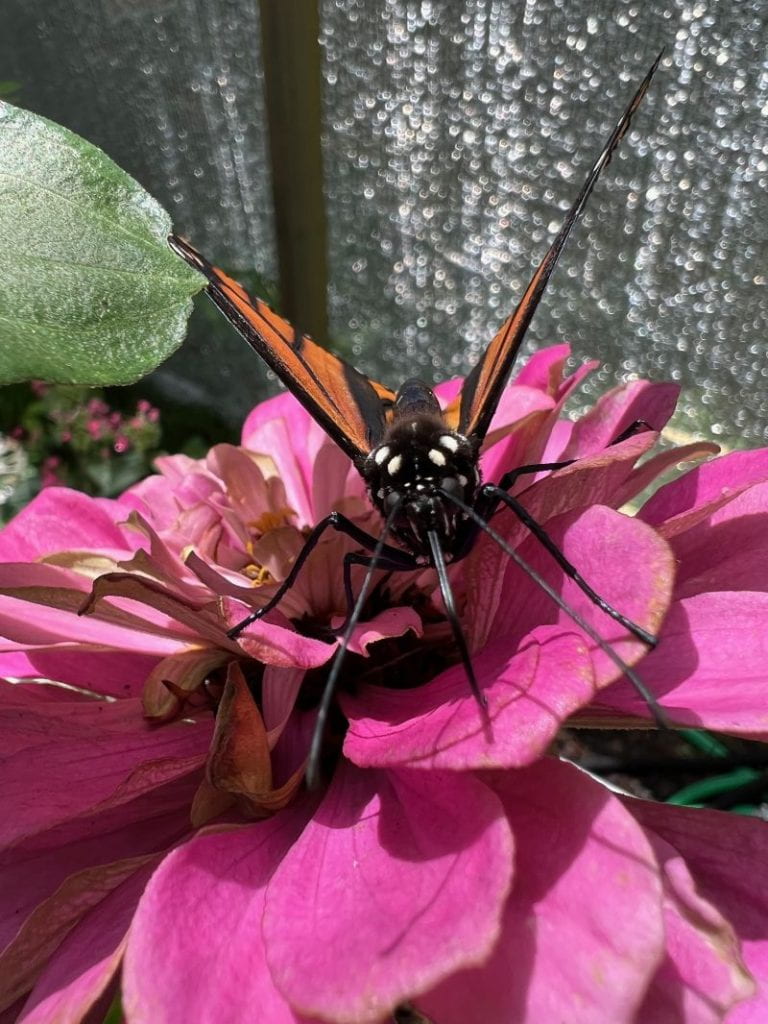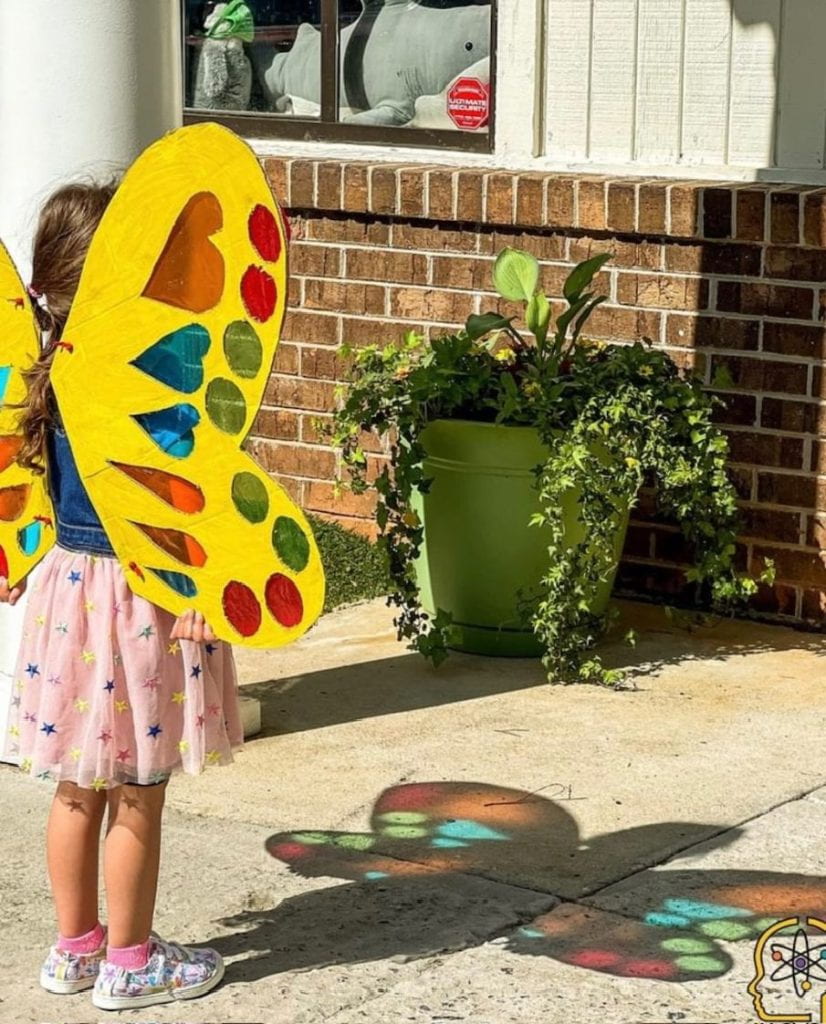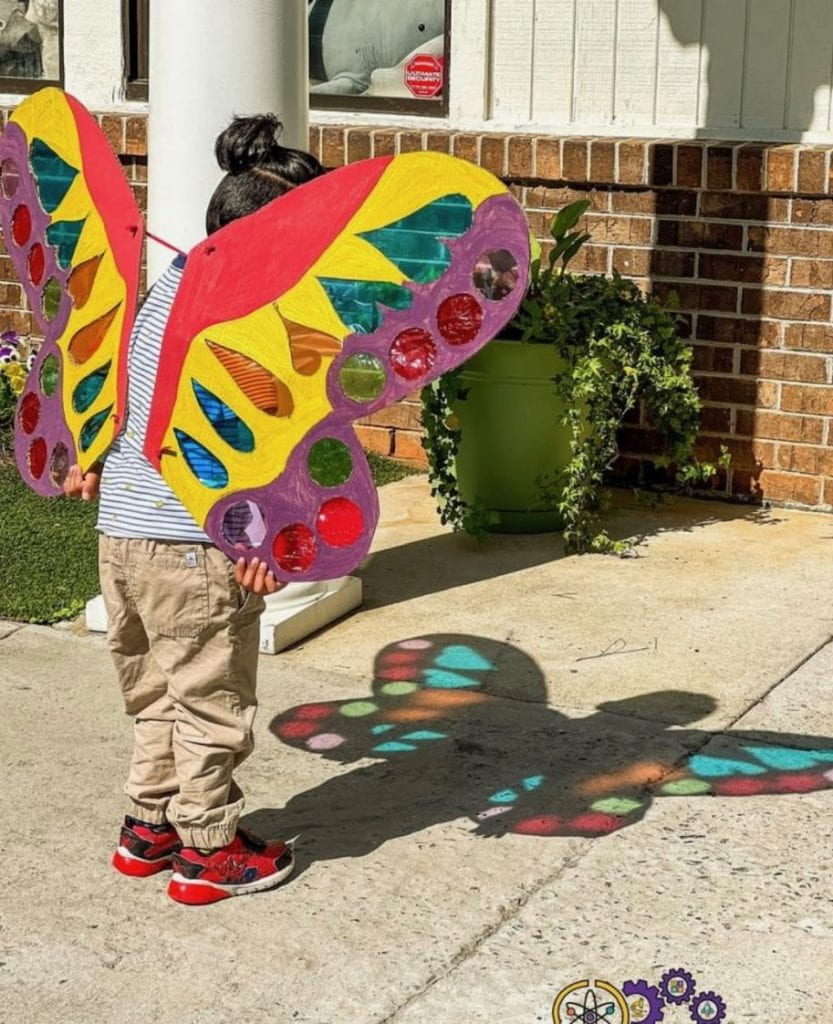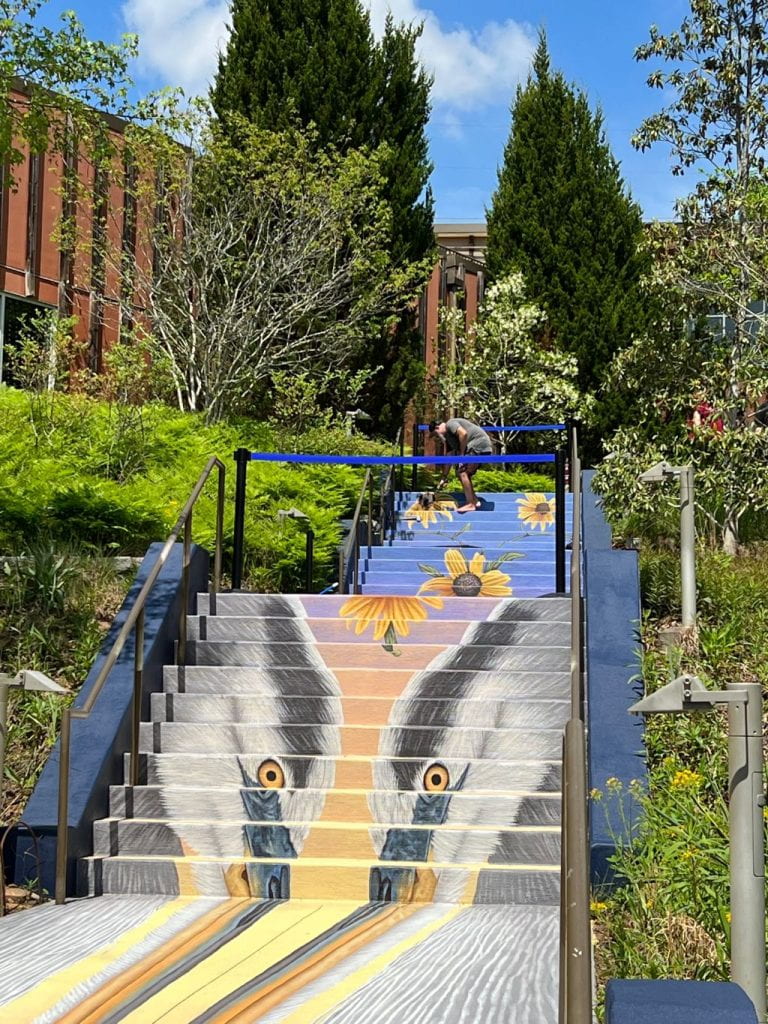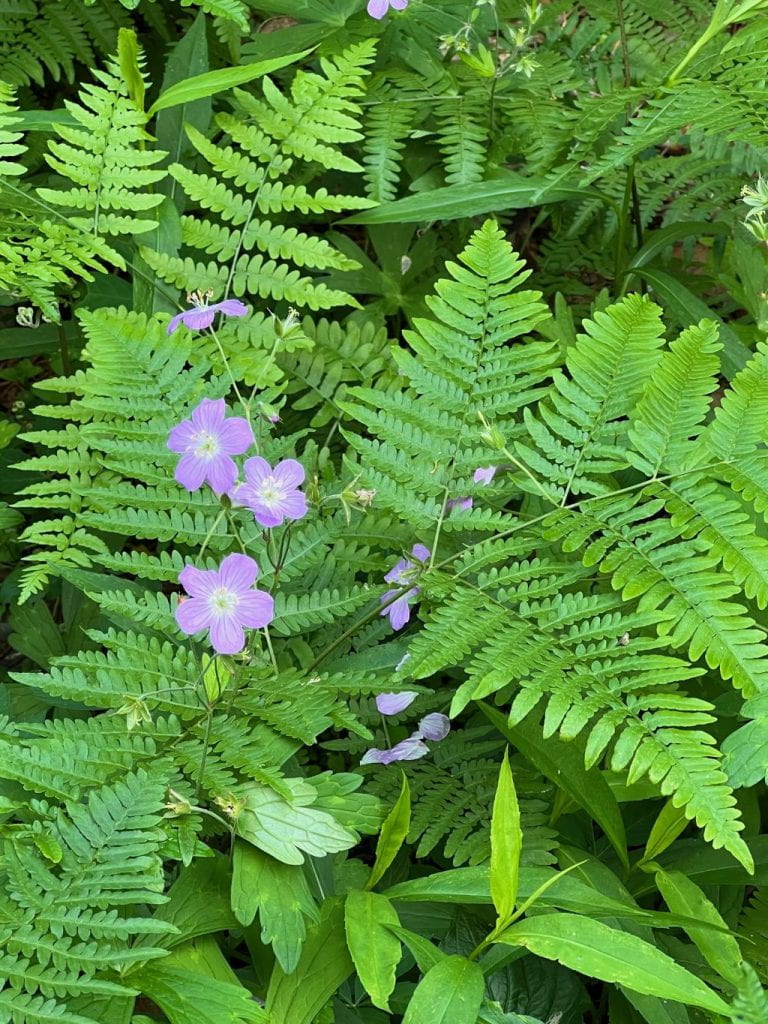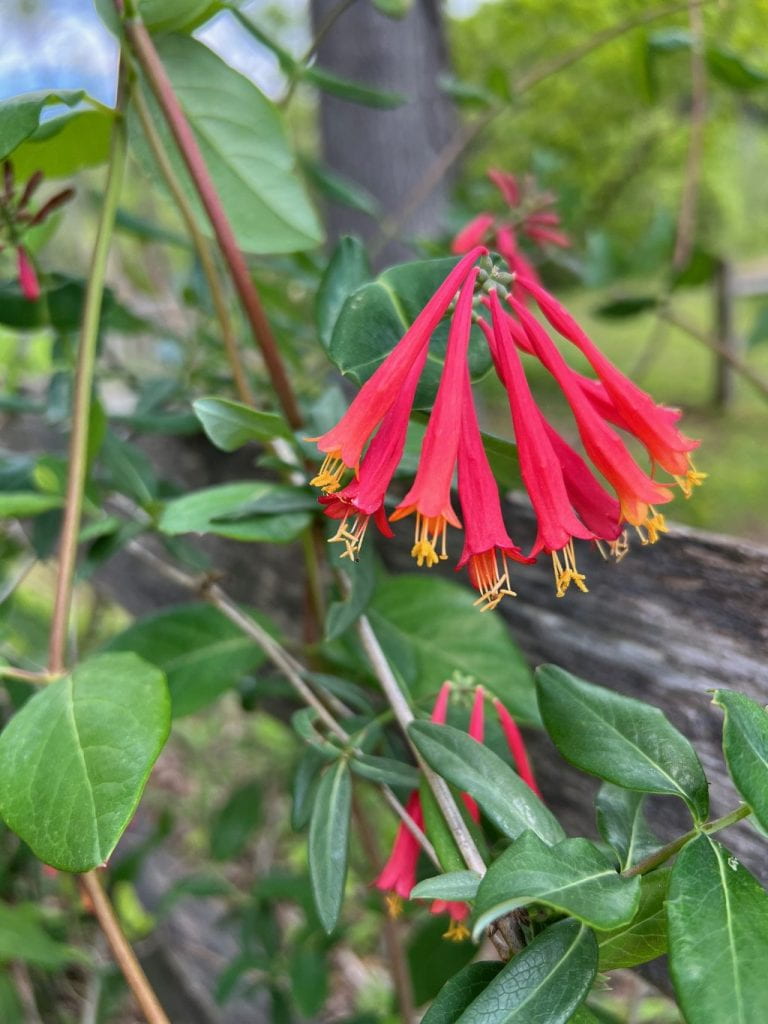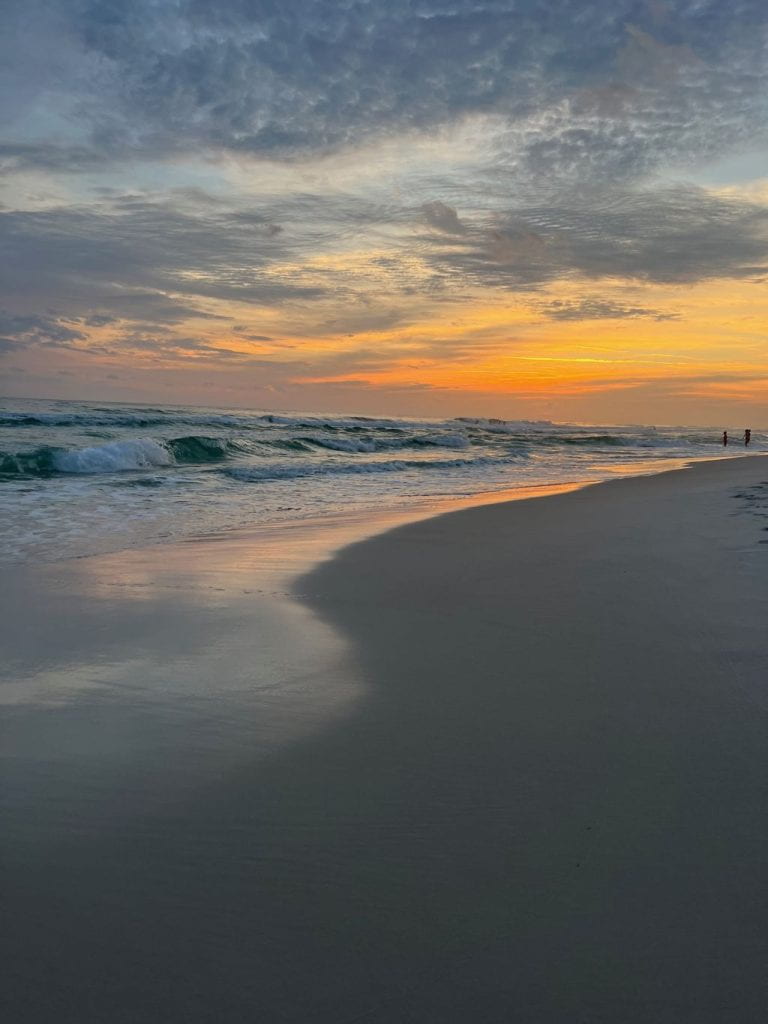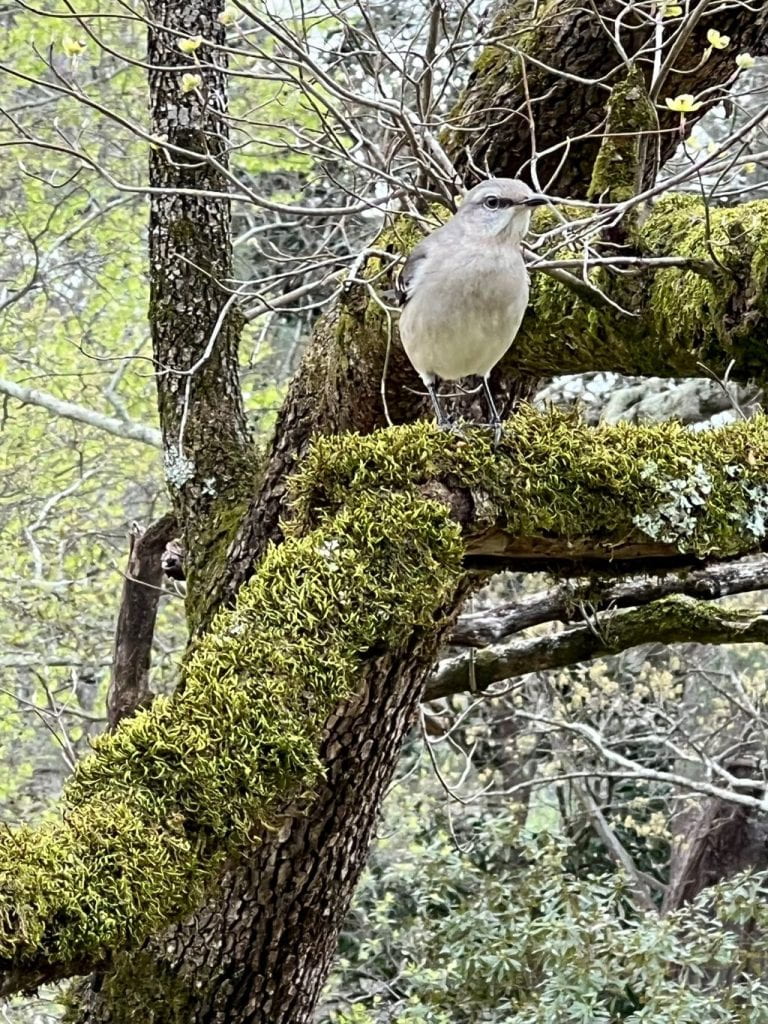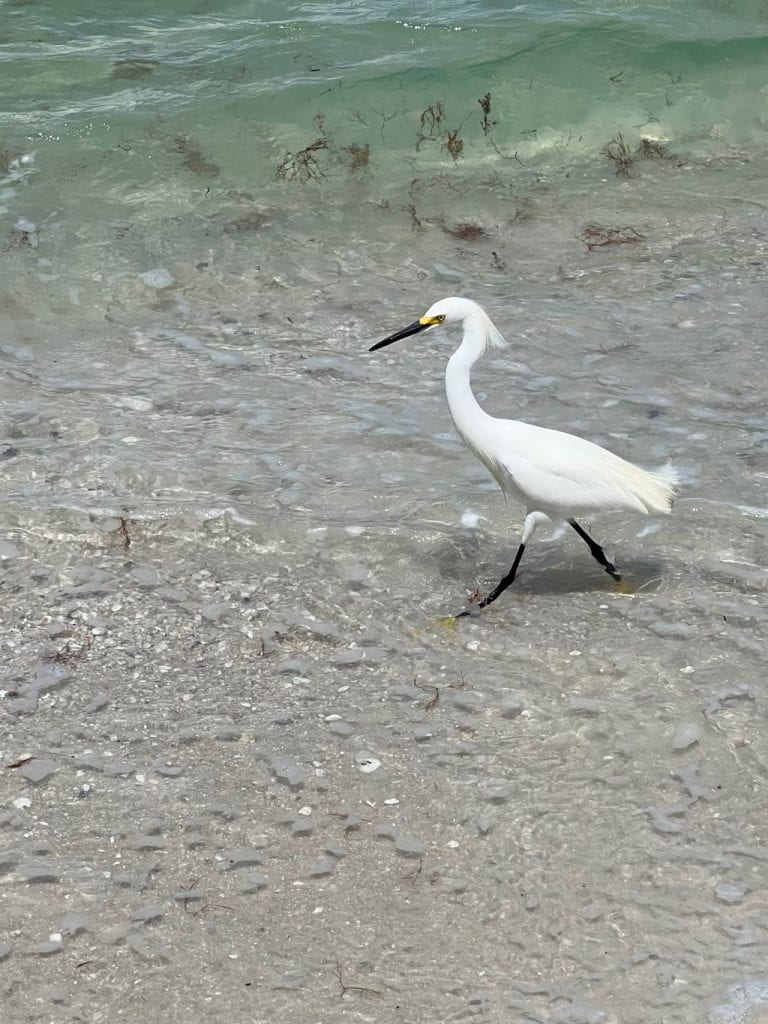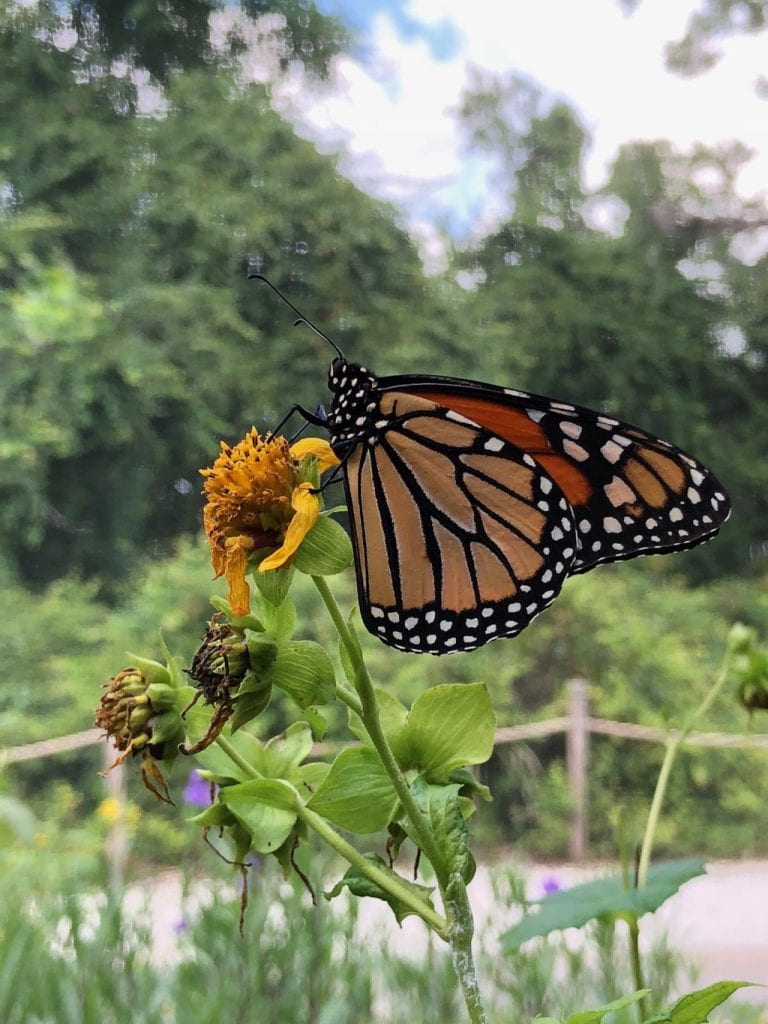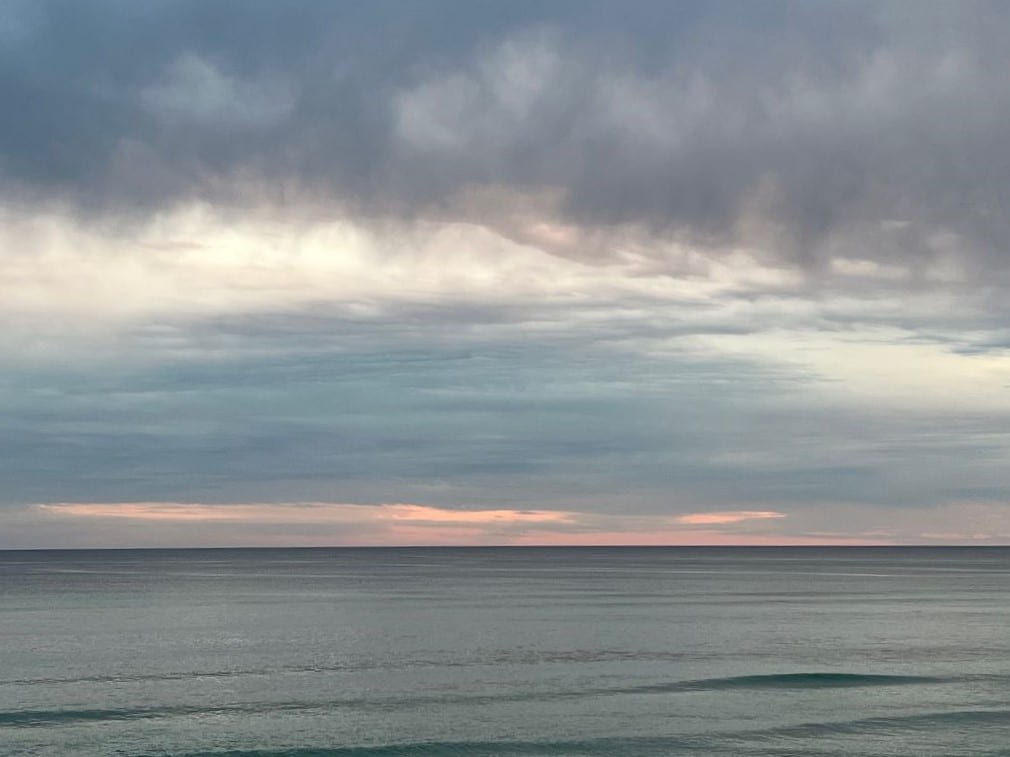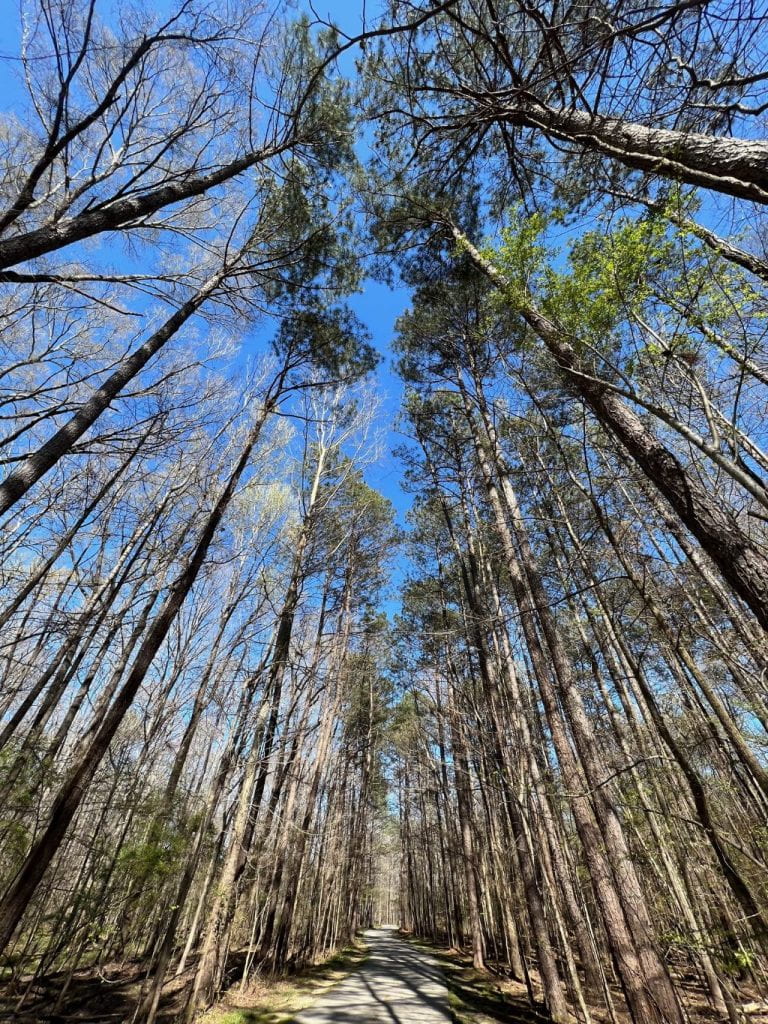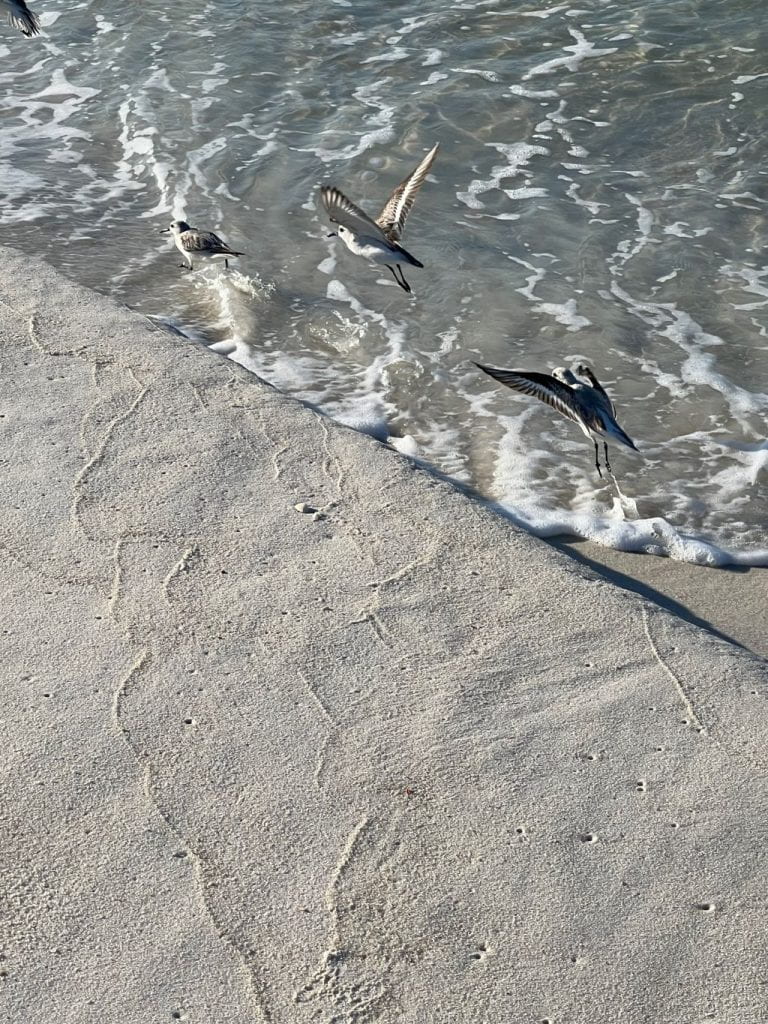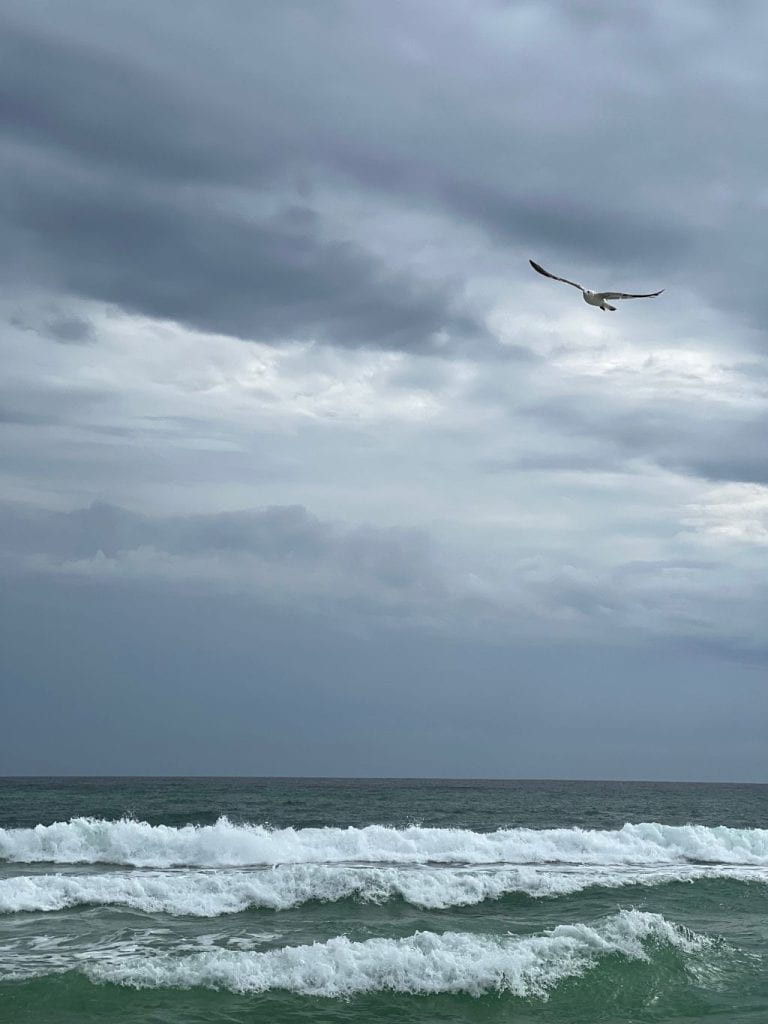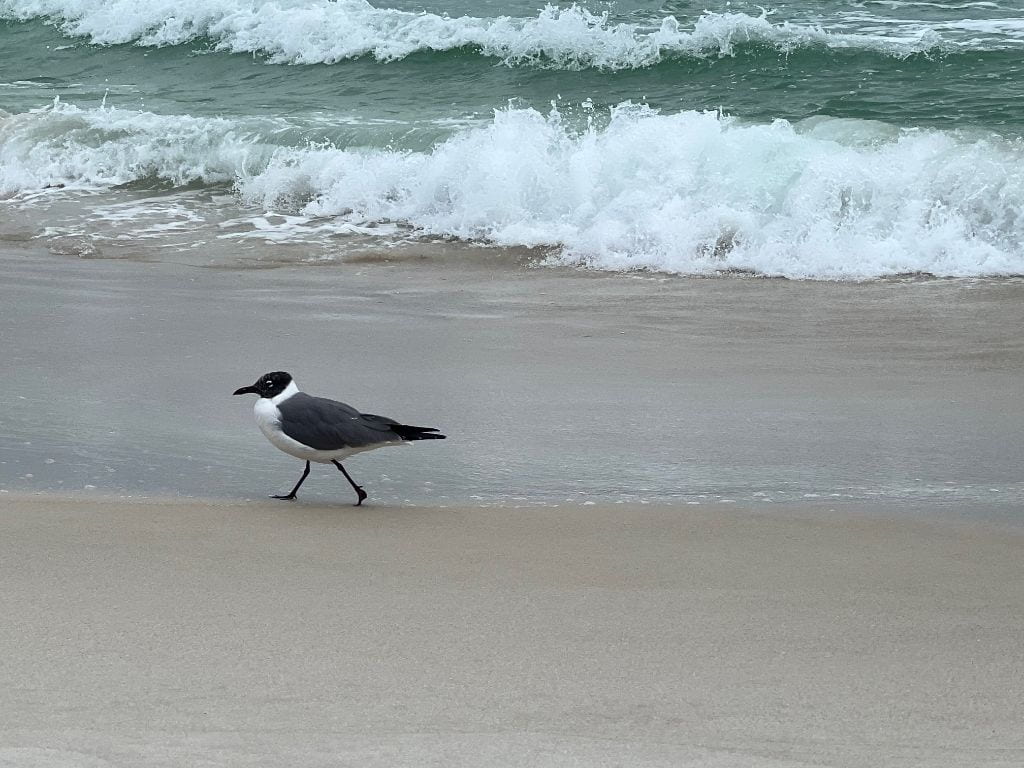Amazing Animal Bridges
Is the deer crossing the path or is the path crossing the forest?
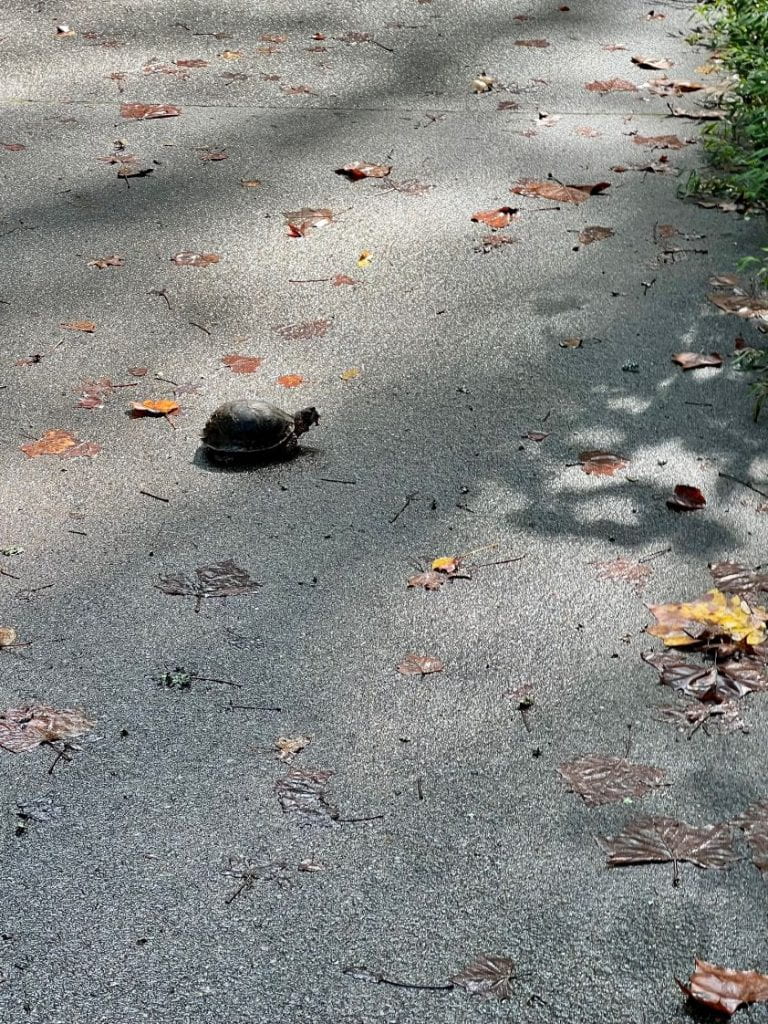
Roadways fragment or isolate animal populations. They create barriers for animals to access food or mates, migrate, or reach nesting areas. The flow of energy through the ecosystem is altered. Many animals are also killed crossing roads every year. “Surveys conducted by the Humane Society and the Animal Protection Institute estimate that one million animals per day die on the road in the United States.” Read more here.
As a result of these concerns, engineers and scientists have collaborated to design and build innovative bridges and underpasses to help wildlife move safely across highways. Scientists ask questions and construct explanations based on evidence, while engineers define problems and design solutions.
Go here to view full screen.
Go here to watch full screen.
Add these informative books to your study of animal bridges.

Designing and building bridges is a common classroom STEM activity. The most meaningful engineering challenges are those that solve a real-world problem. Ask your students to research the wildlife that are threatened by crossing roads in the area in which you live, and then challenge them to design a bridge that would help that specific animal cross the highway safely.
Learn bridge building terminology here.
Add these books to your library to extend your children’s knowledge about the history of bridges and various bridge designs. Here to There and Me to You is an engaging book for you to introduce bridges to your students or children. Examples of architectural designs and real-life bridges are included. Use Google maps to locate these bridges. The overarching message is that bridges bring people together. Discuss real problems that the construction of a bridge has resolved.
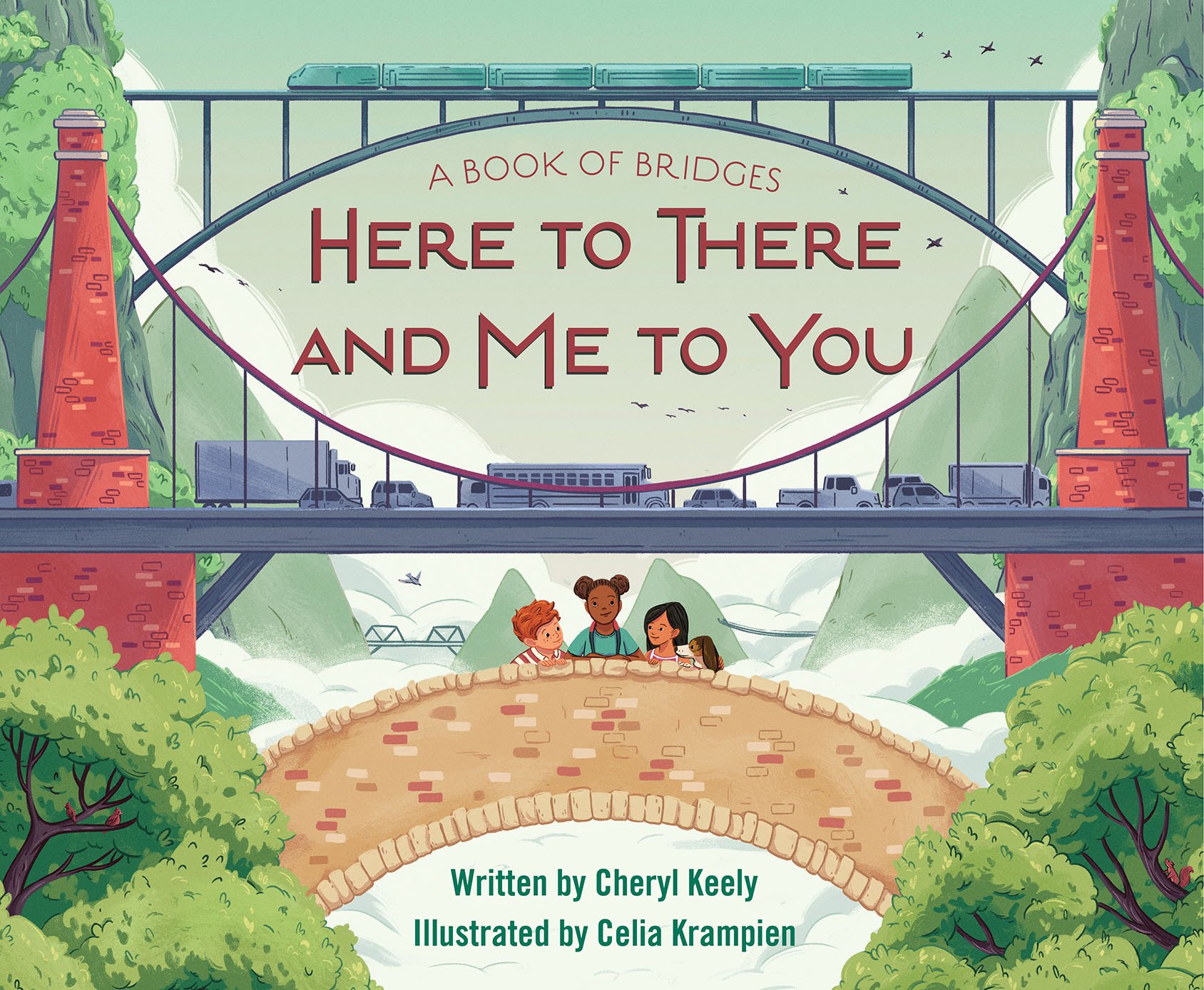
Would the Brooklyn Bridge be completed when the chief engineer was bedridden? His wife, Emily Roebling, supervised the completion of the bridge during a time in history when women were not engineers.
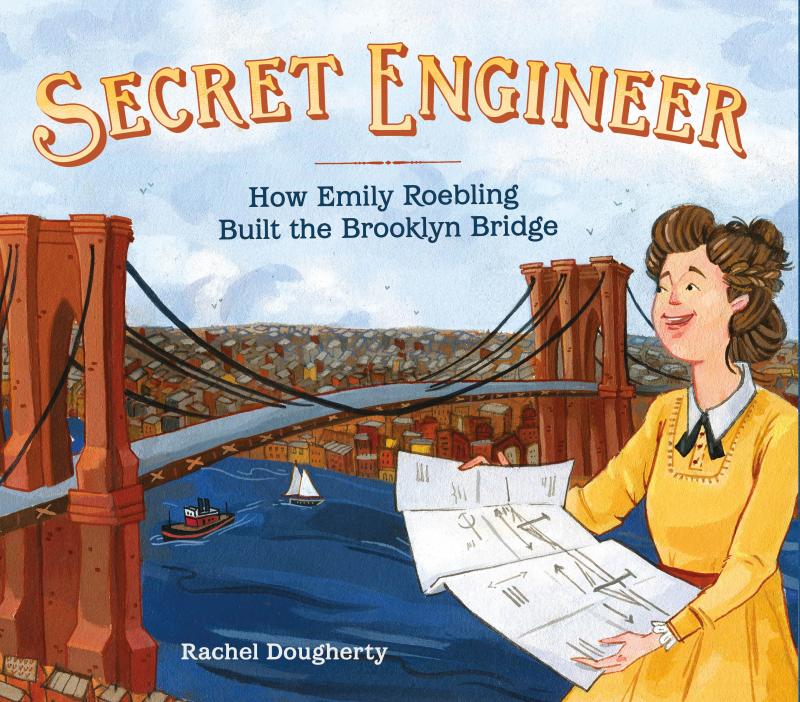
In 1883, people wondered just how much weight the new mile-long Brooklyn Bridge could hold. Would the elephants in the P. T. Barnum Circus cross the bridge safely? Twenty-One Elephants and Still Standing is another beautifully illustrated book that integrates social studies concepts (history and geography) with engineering, science, and math concepts.
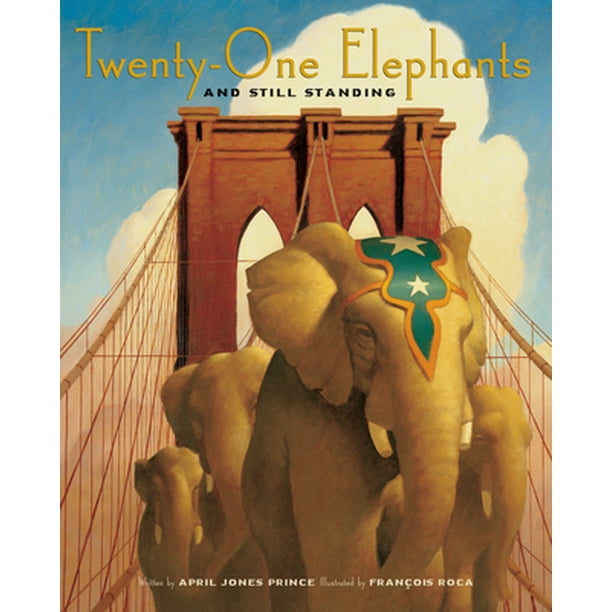
Building the Golden Gate Bridge, “the impossible bridge”, was a dangerous undertaking and at its completion was considered an architectural wonder. Pop’s Bridge is told from the point of view of one of the high climbing ironworker’s sons and his friend.
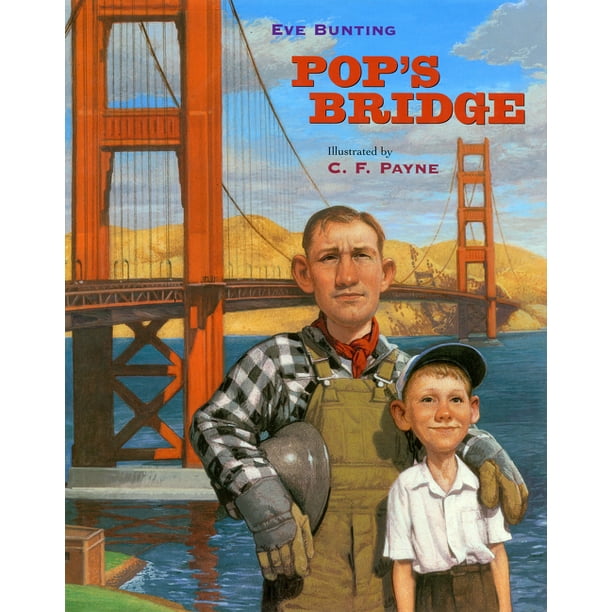
Use this informational book to introduce the variety of bridge designs. Which types of bridges are in your city or community?

Click here to view full screen.
Go here for a simple bridge building challenge.
Go here for an impressive activity that tests the strength of solid shapes.
When I was in the classroom, I created units that were cross-curricular or multi-disciplinary, so that learning was connected and had greater meaning. The study of bridges is an ideal topic to incorporate multiple subject areas.
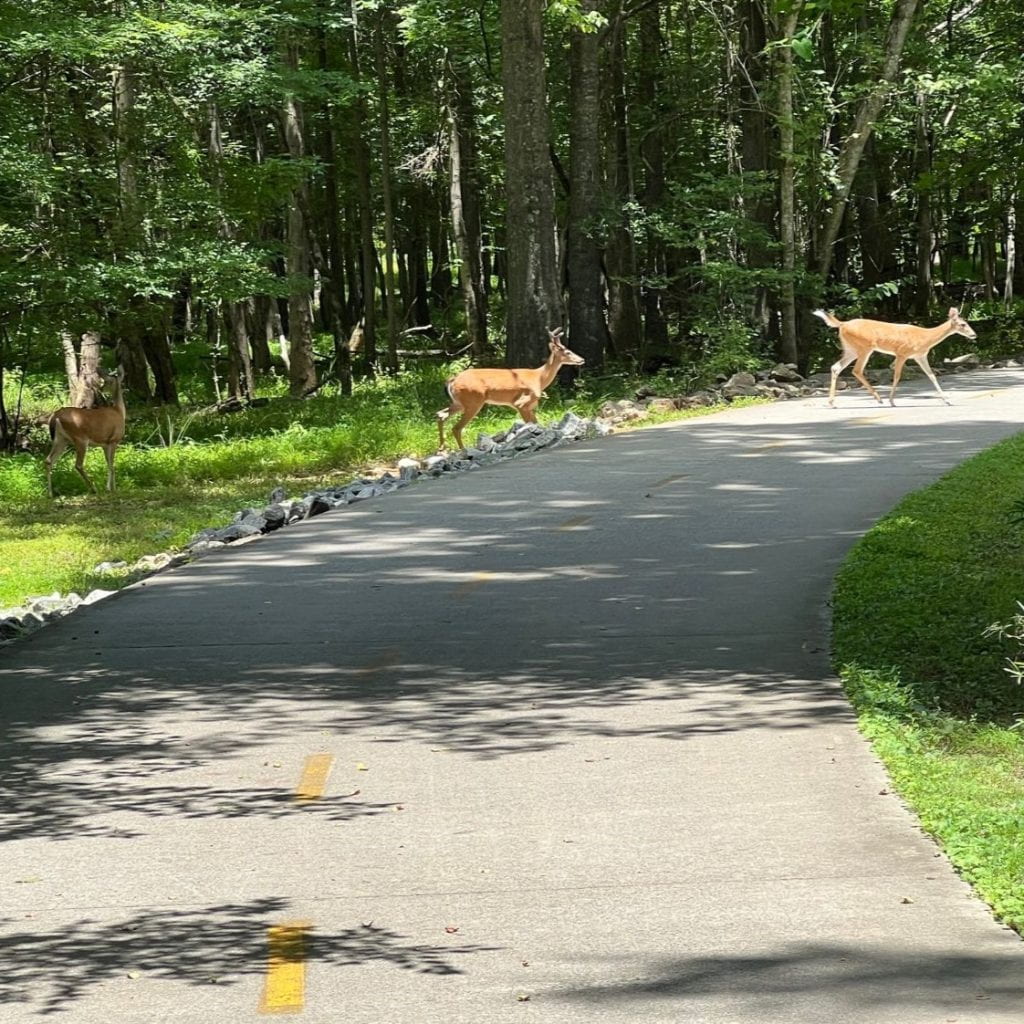


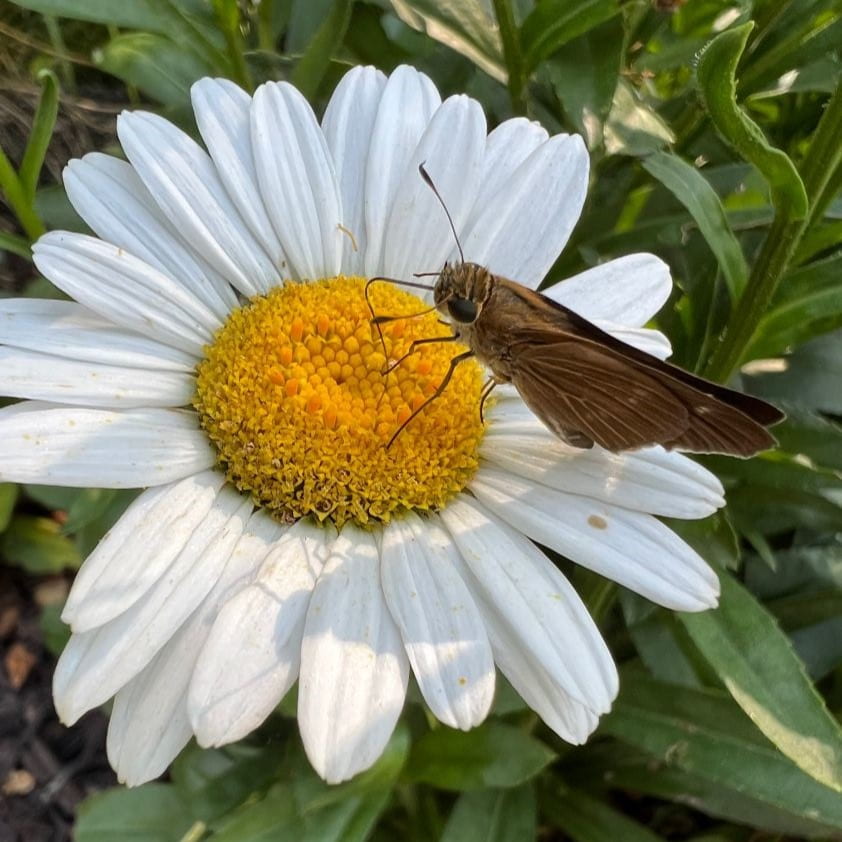
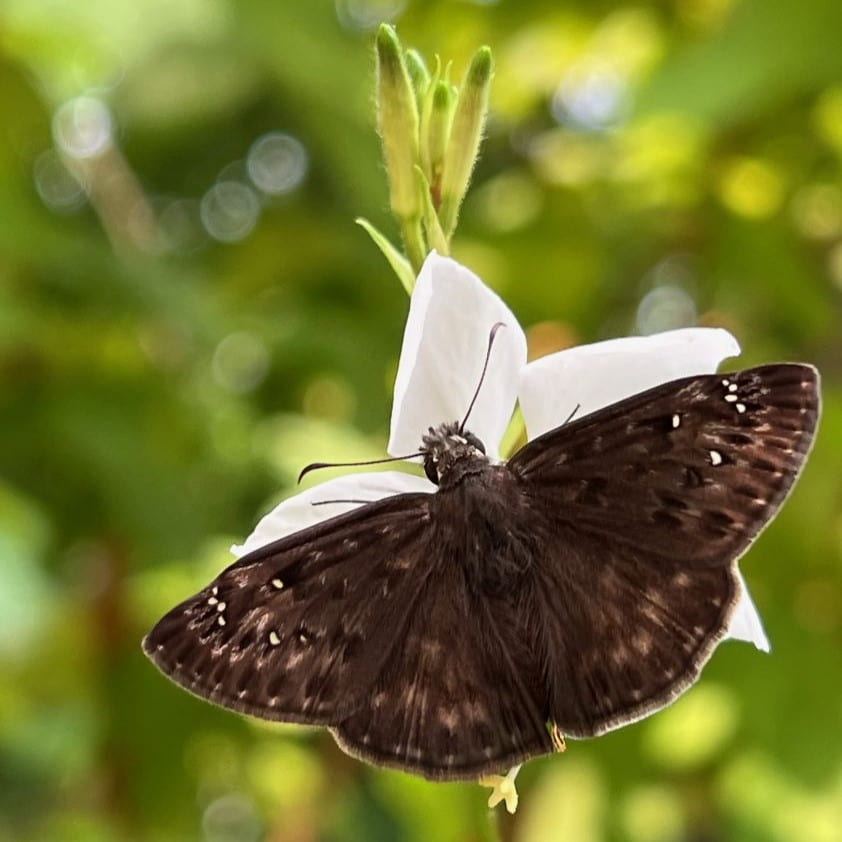
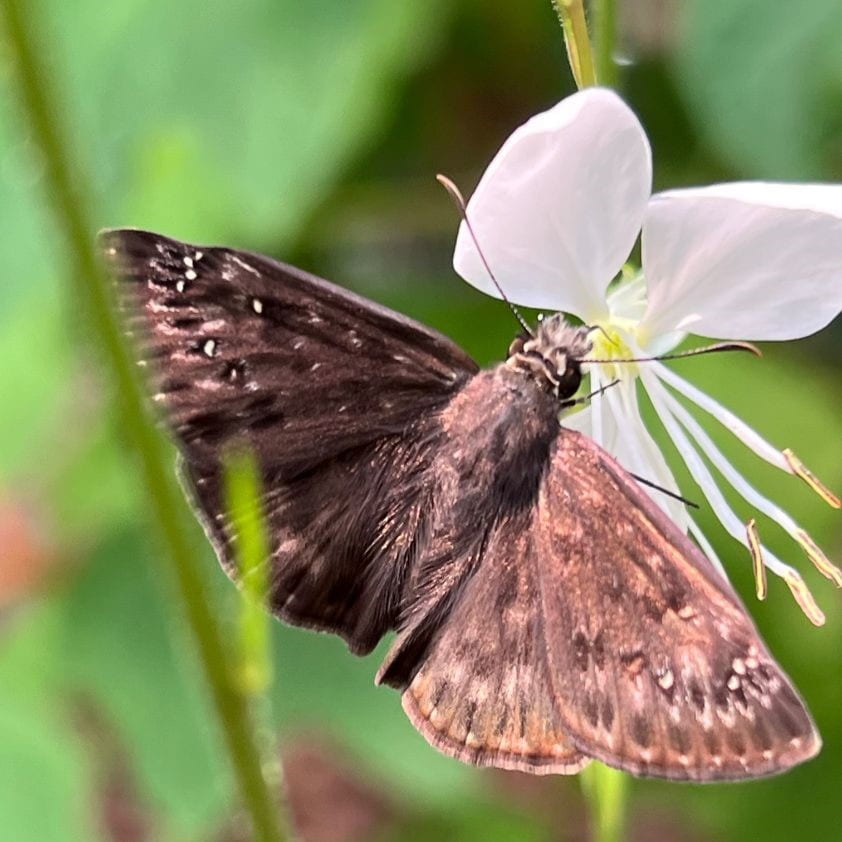


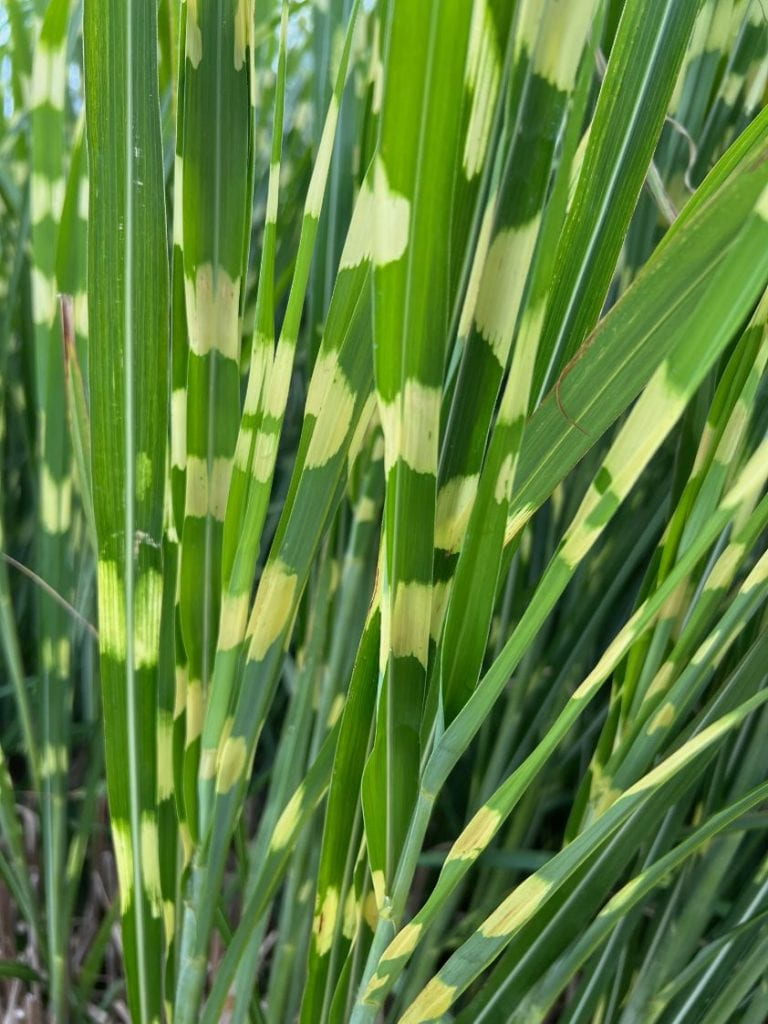

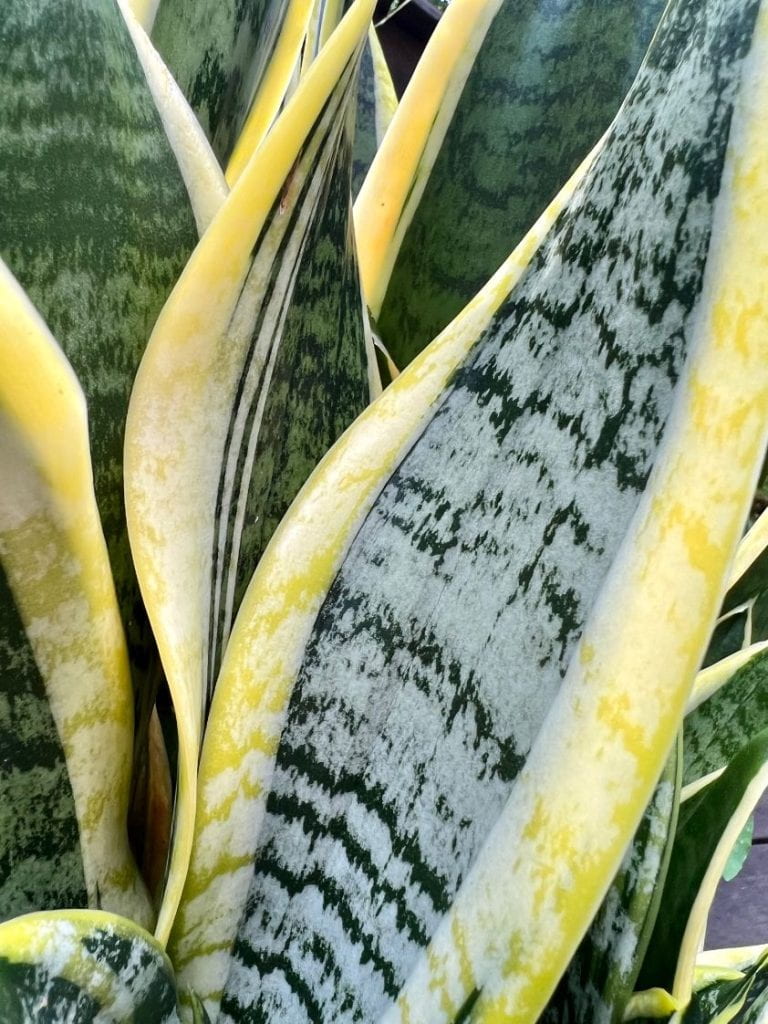
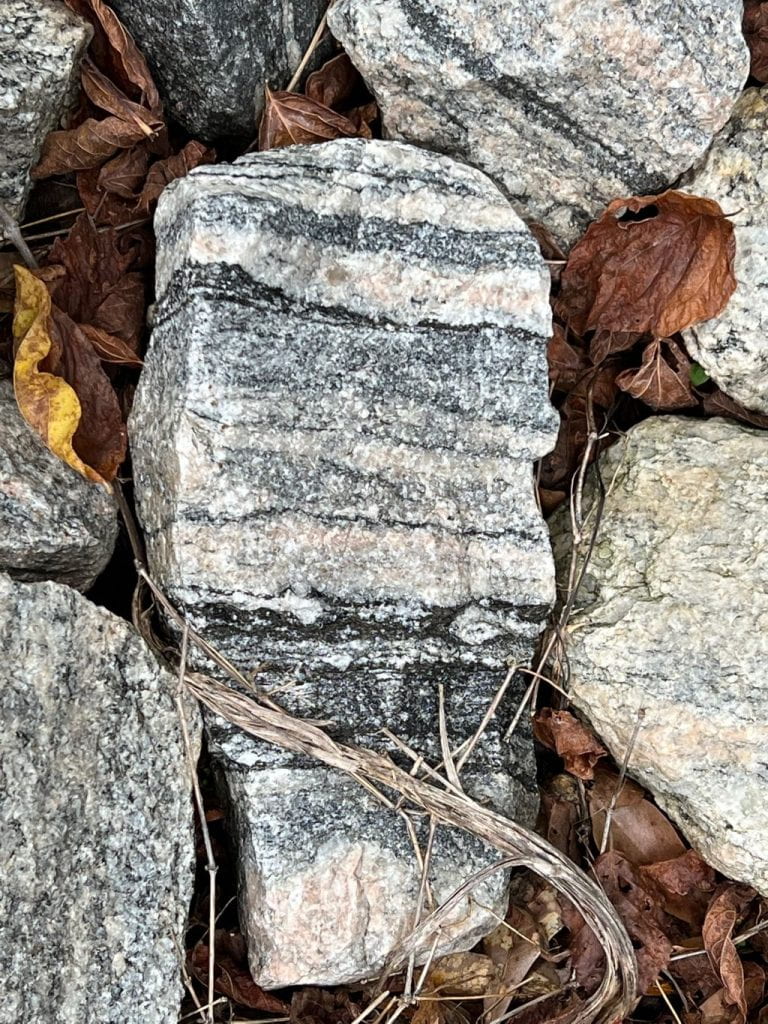
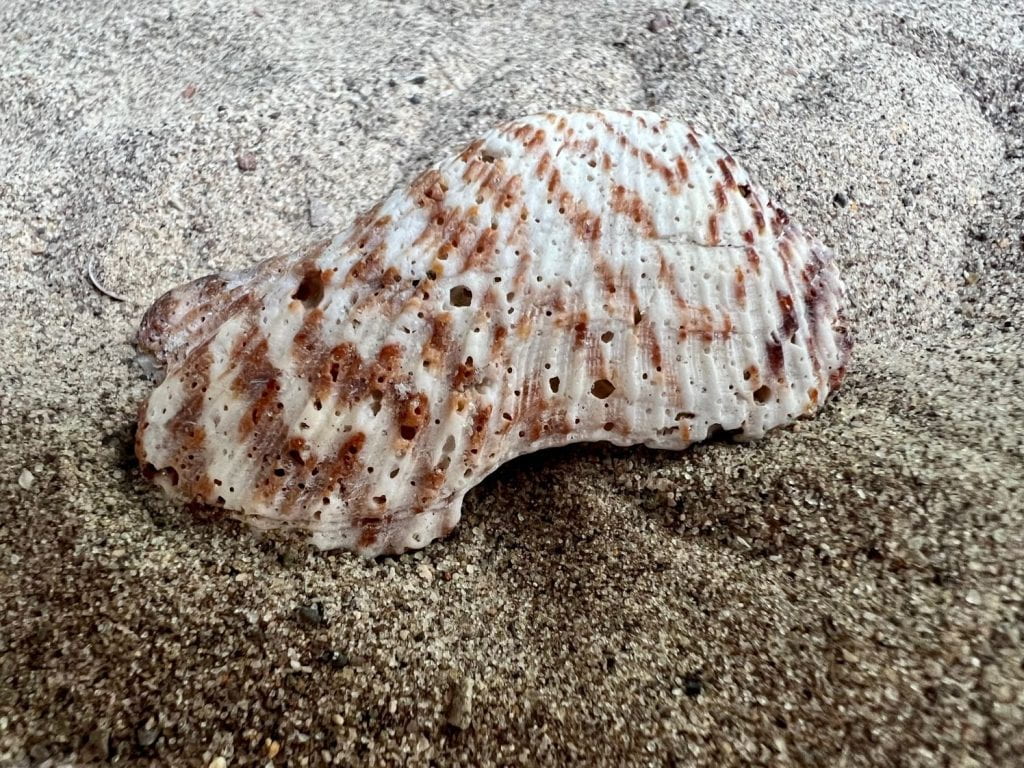
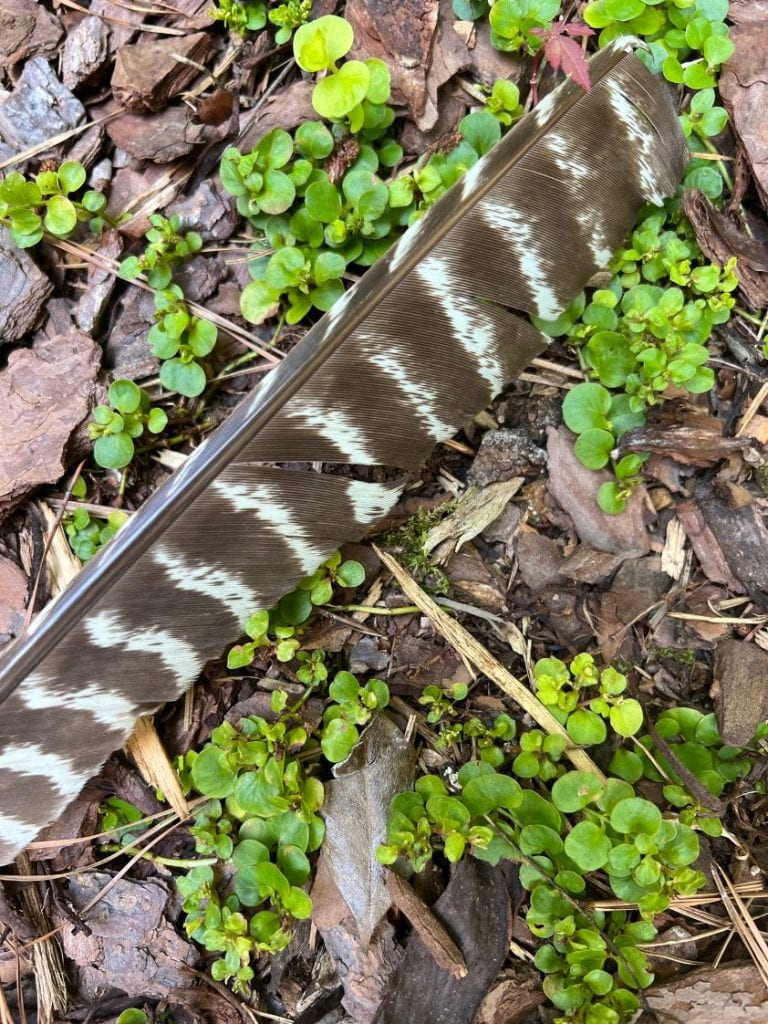



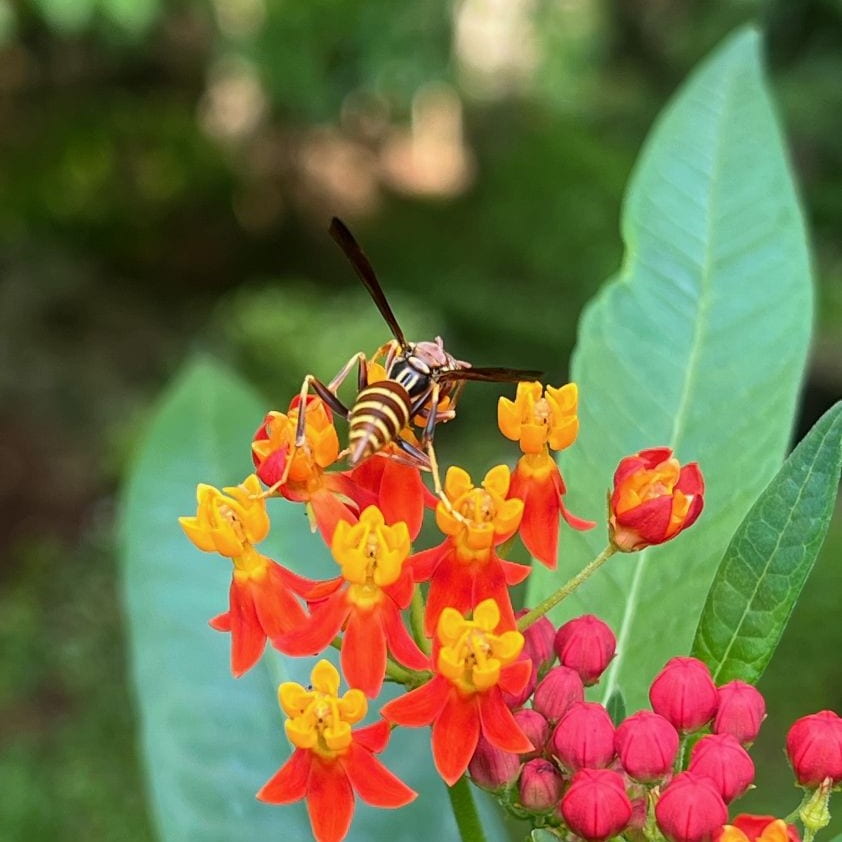
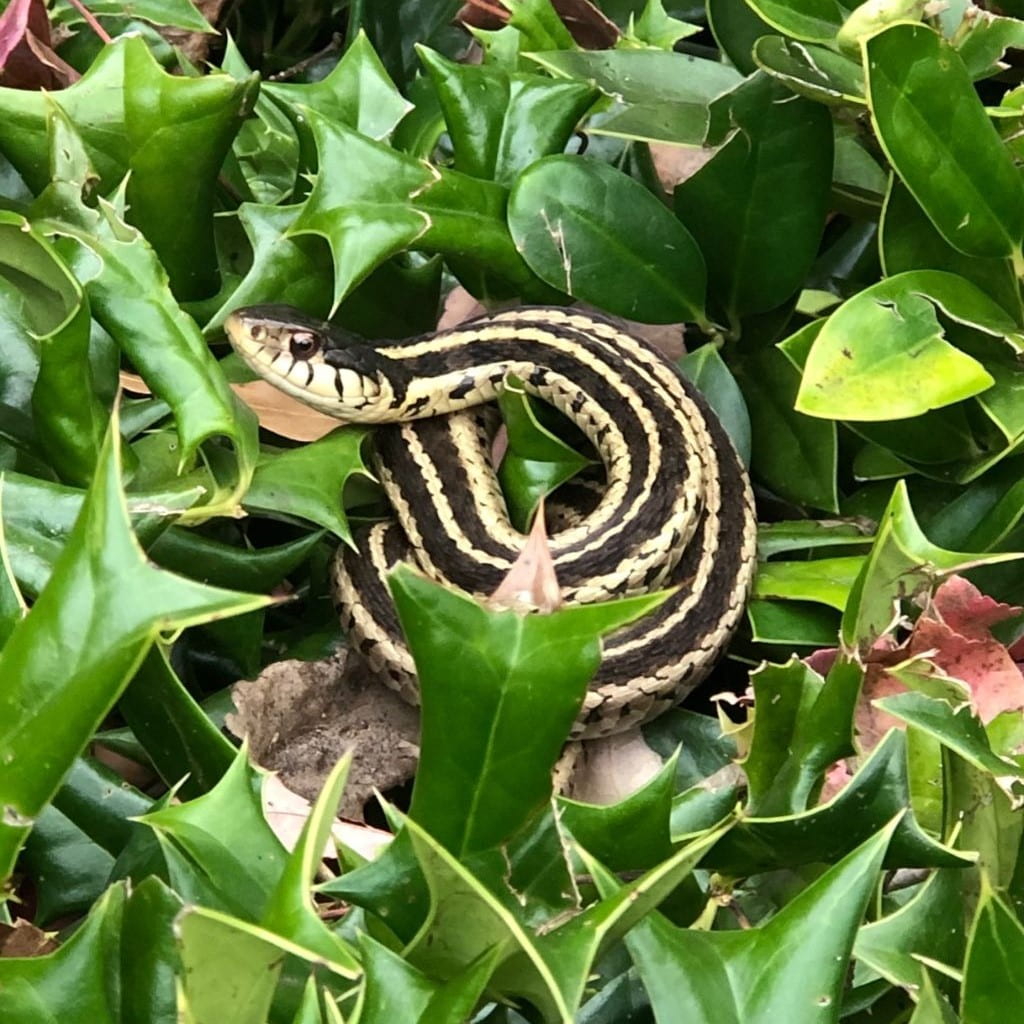
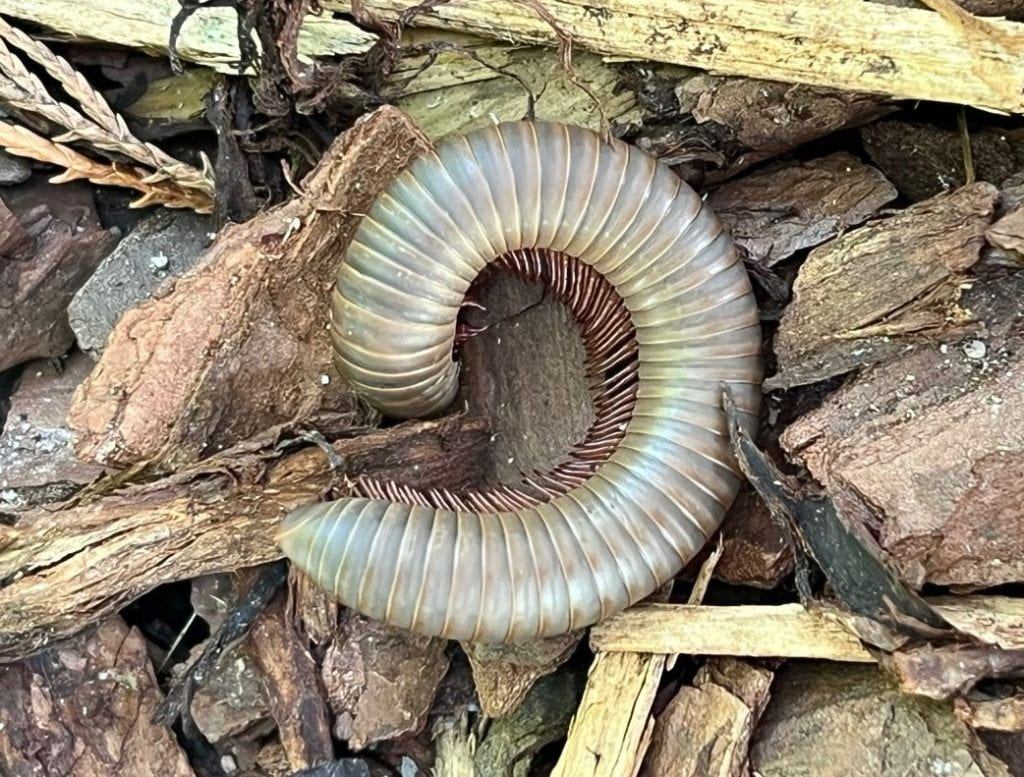
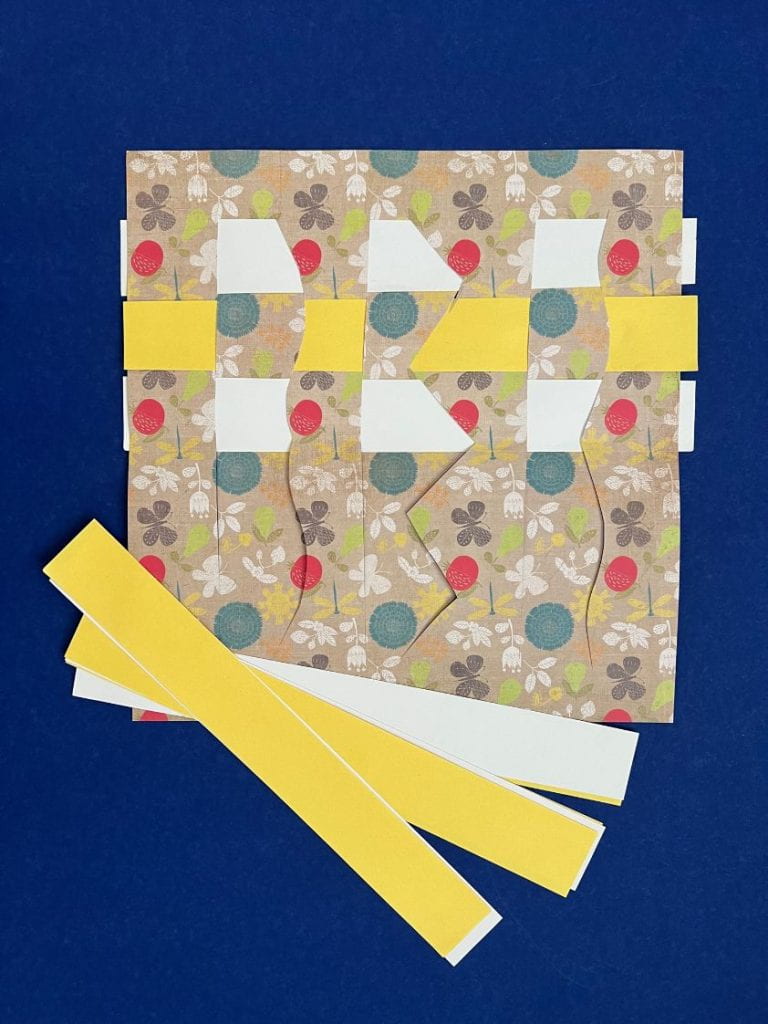
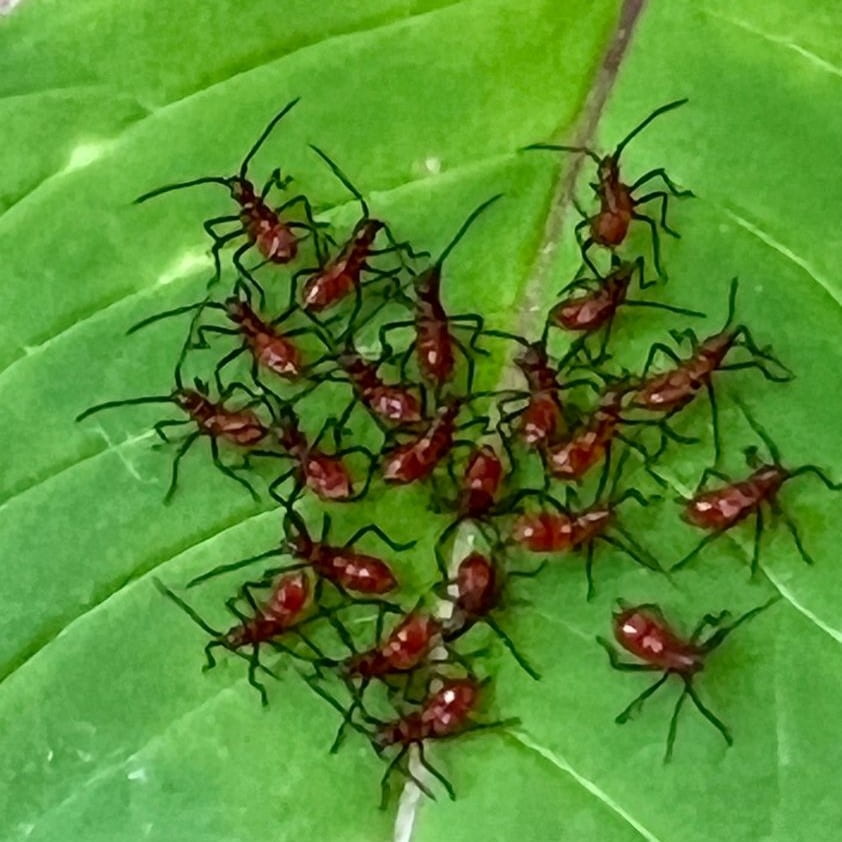
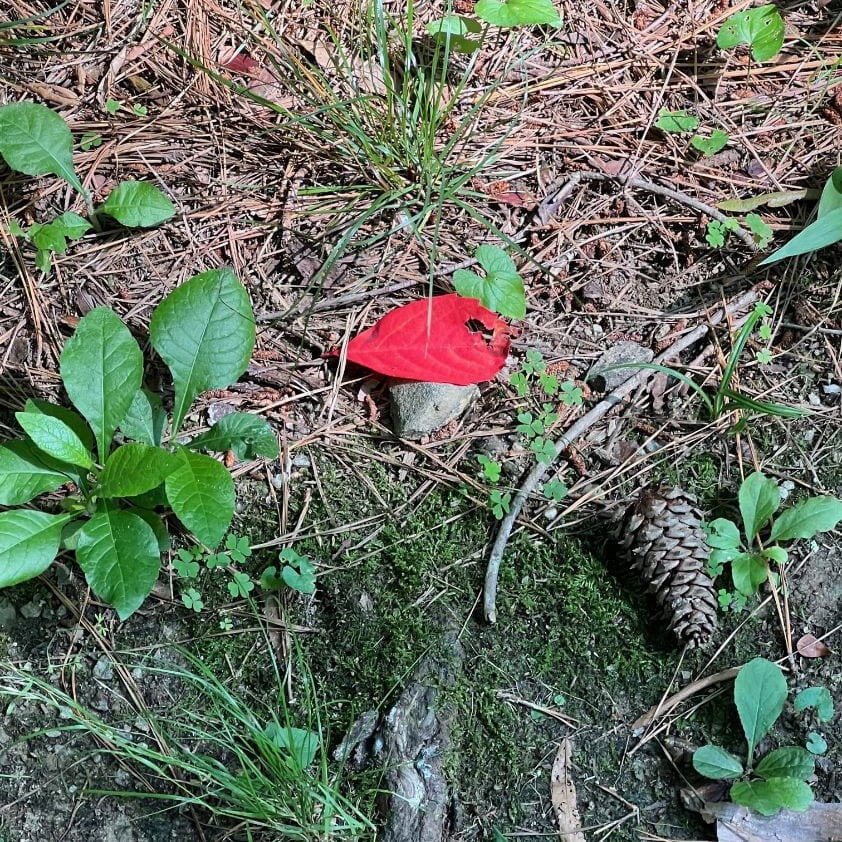
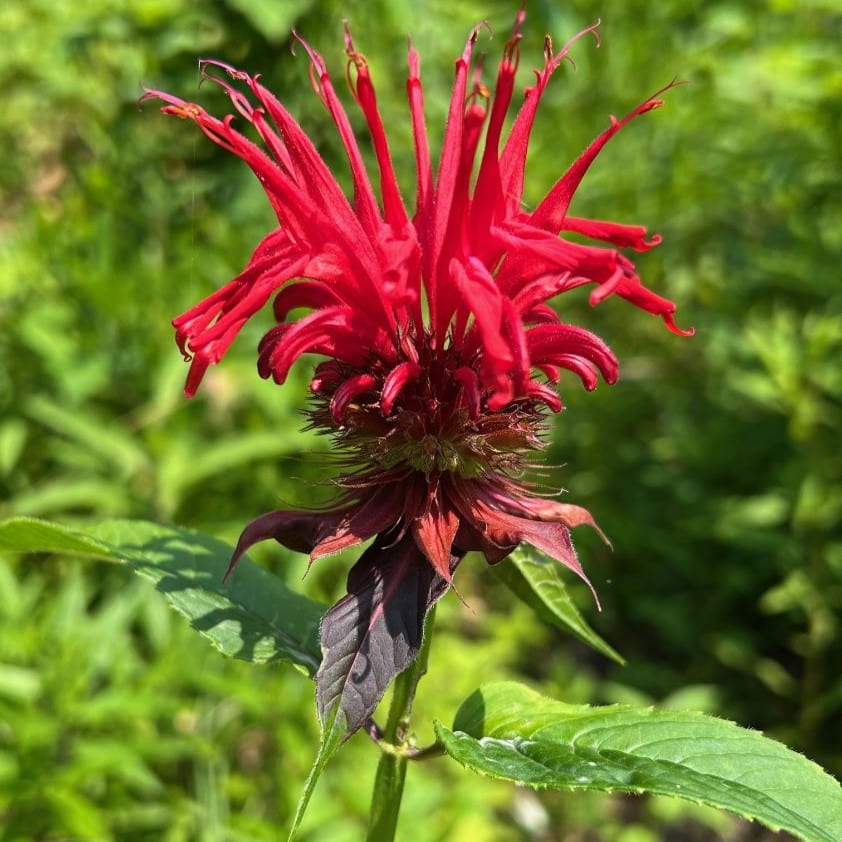

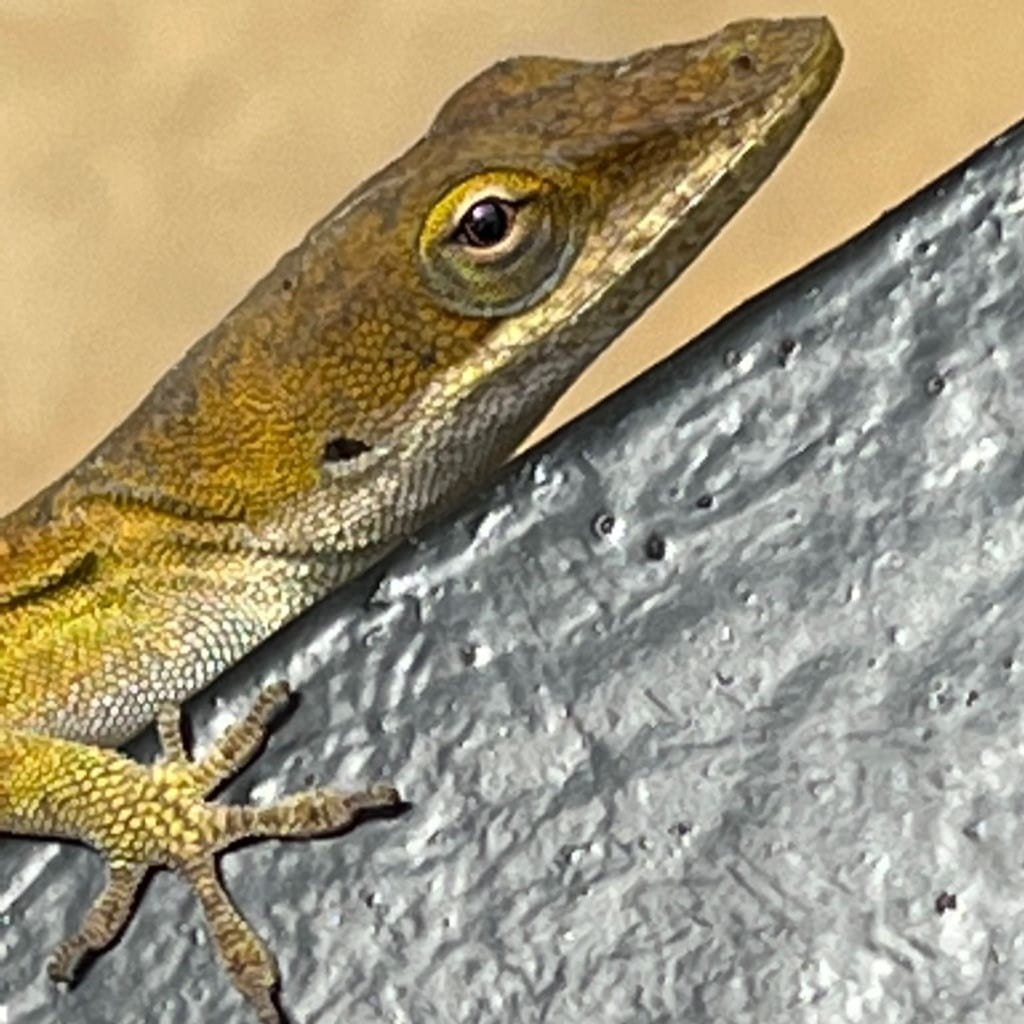

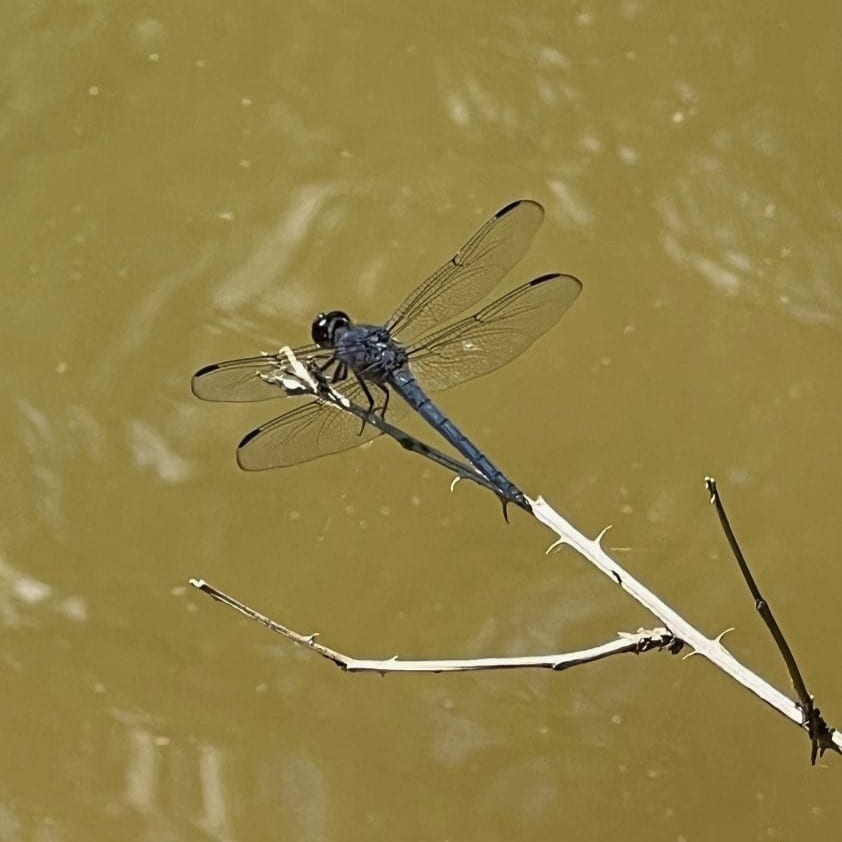
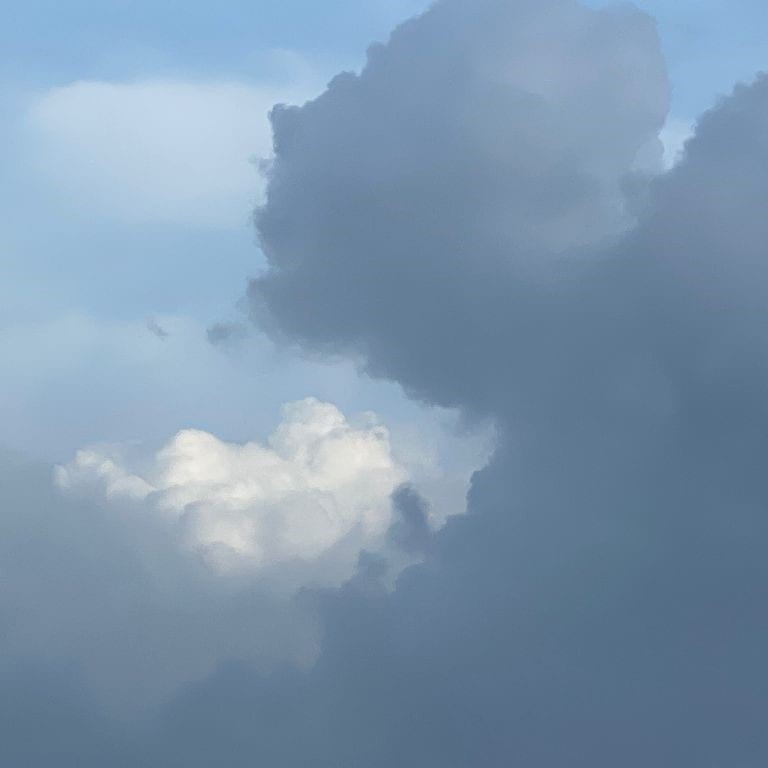
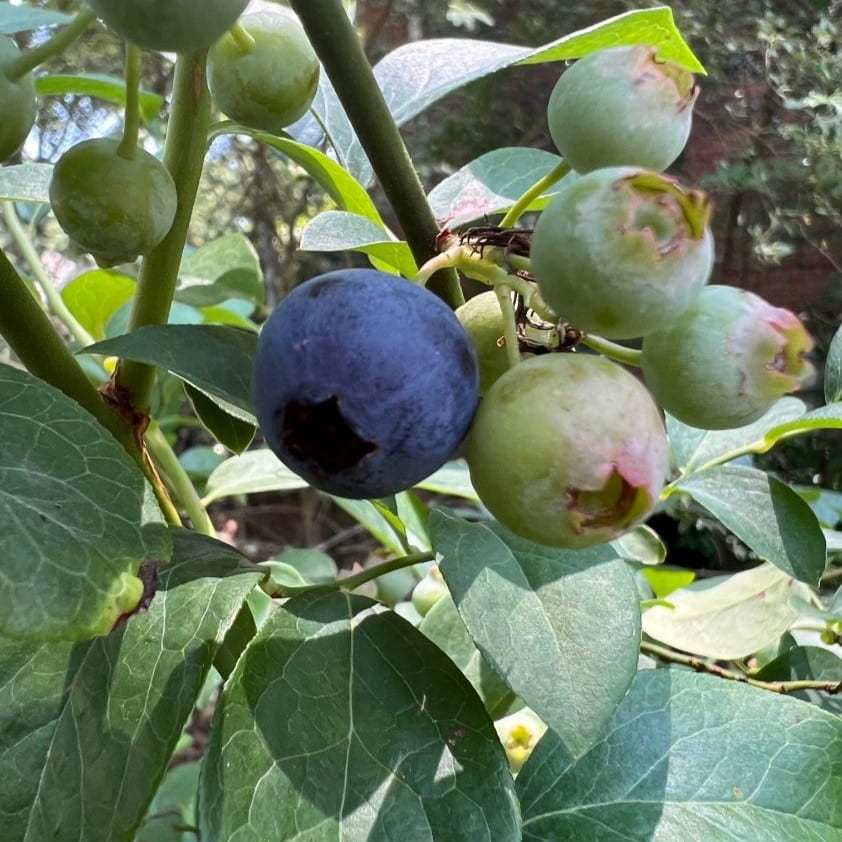
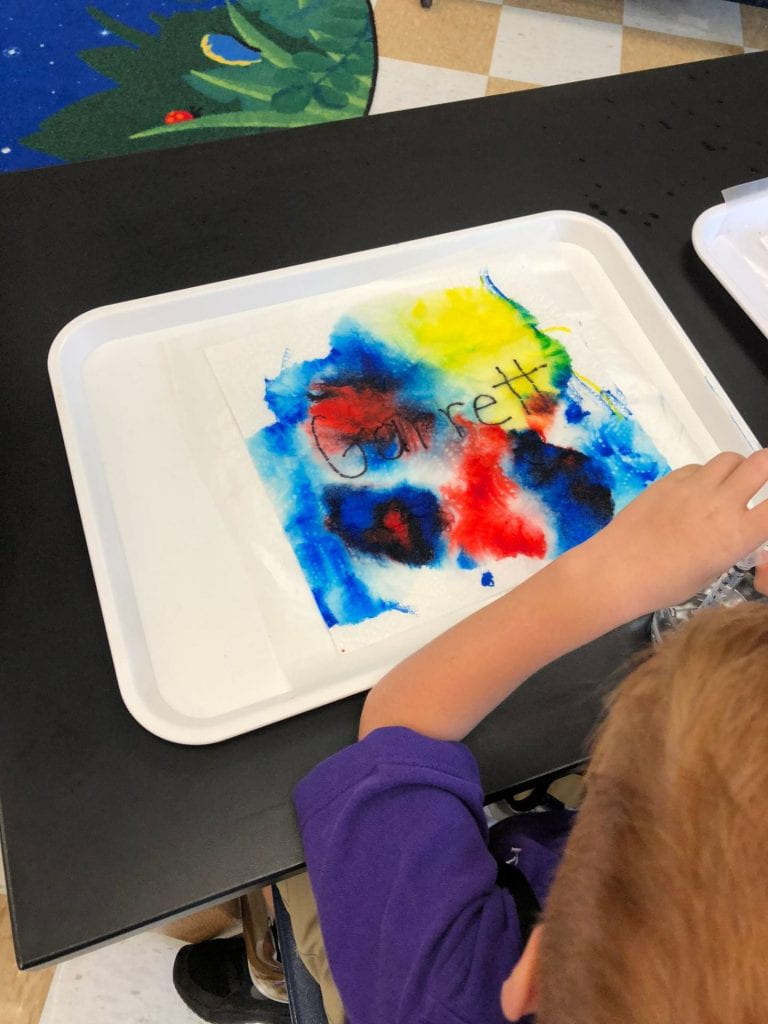
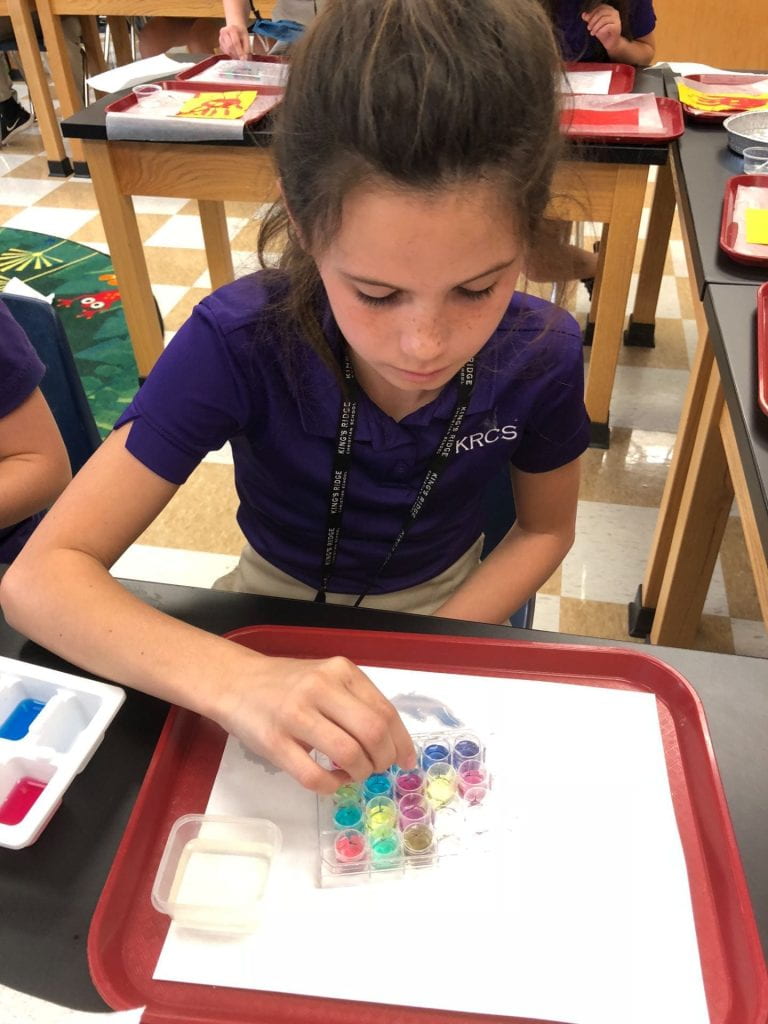

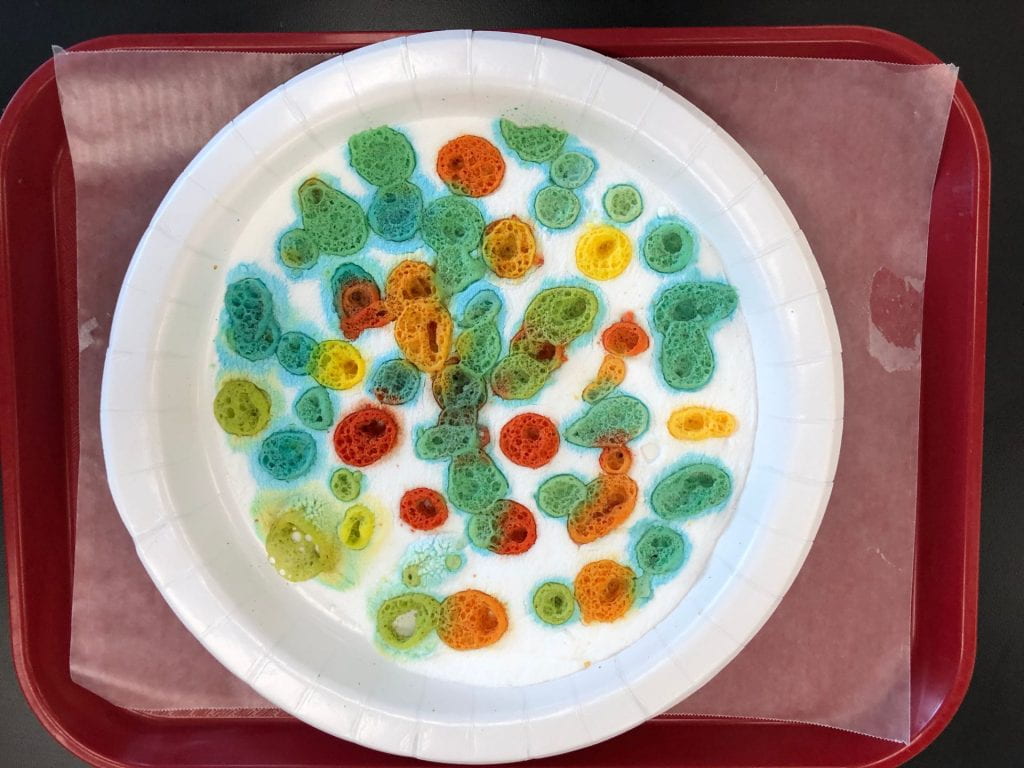
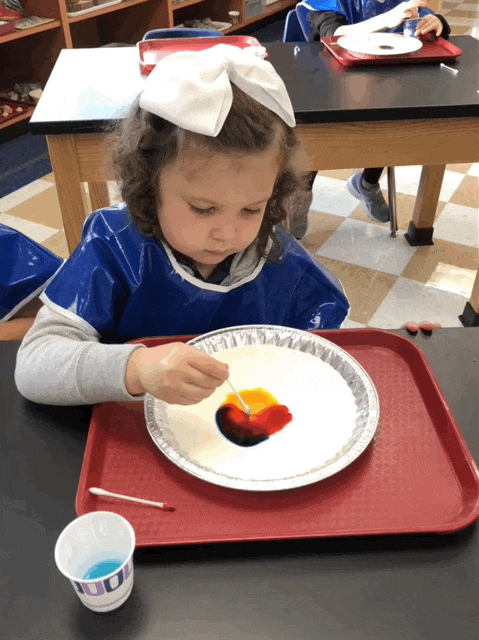
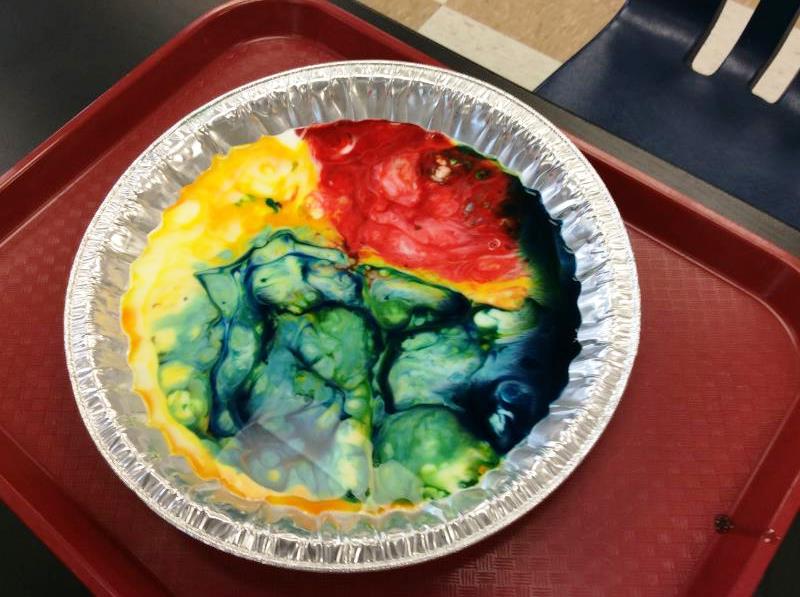
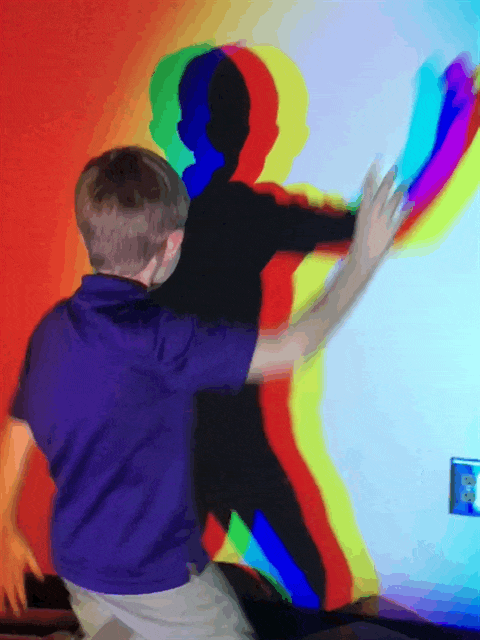


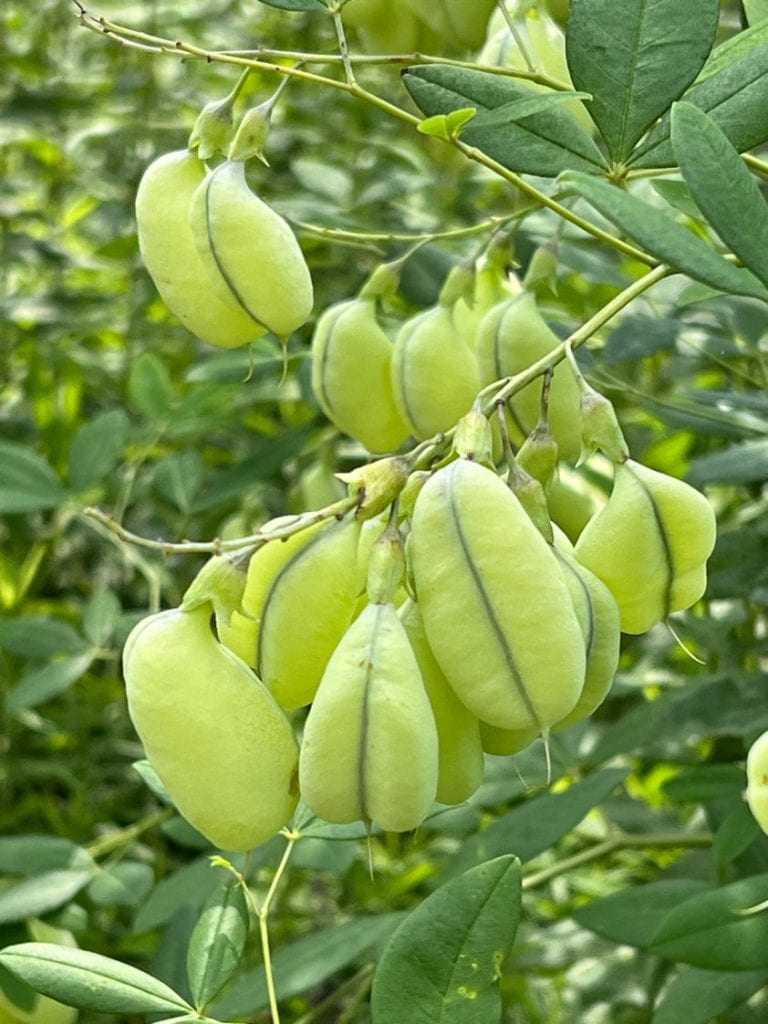
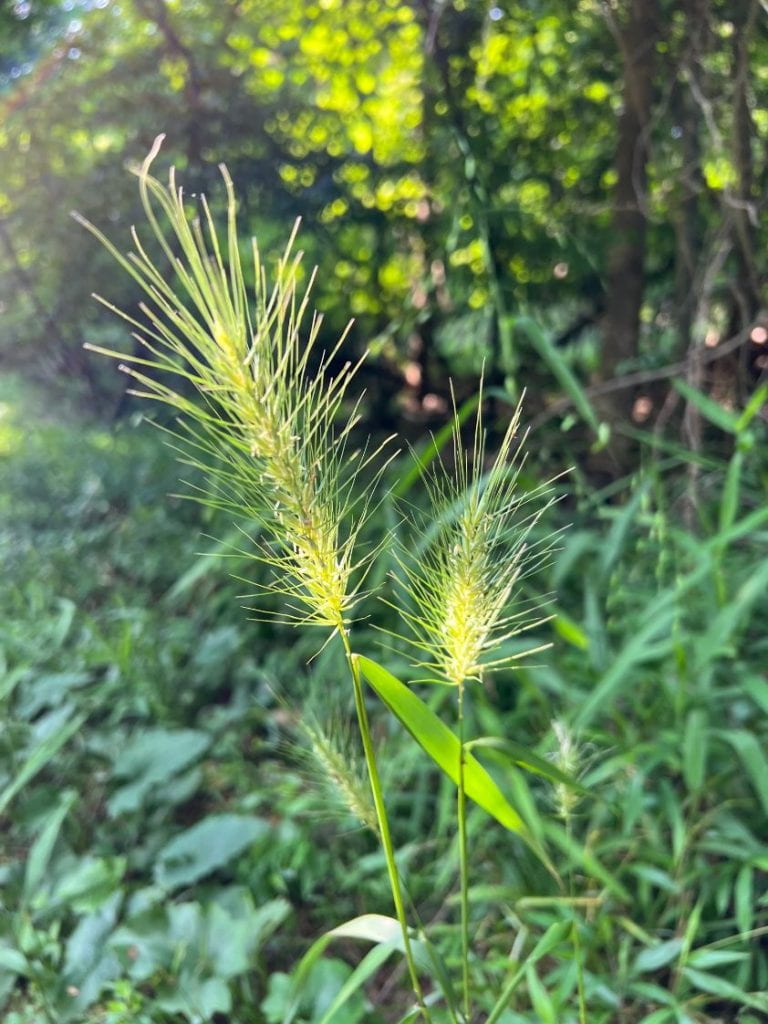
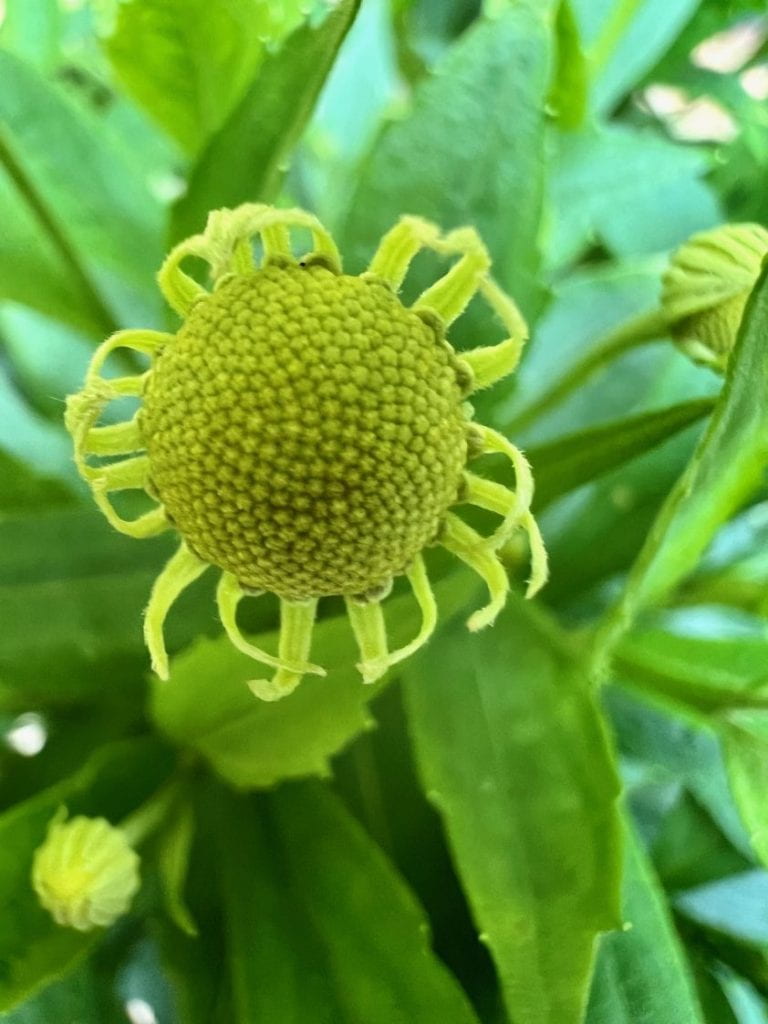

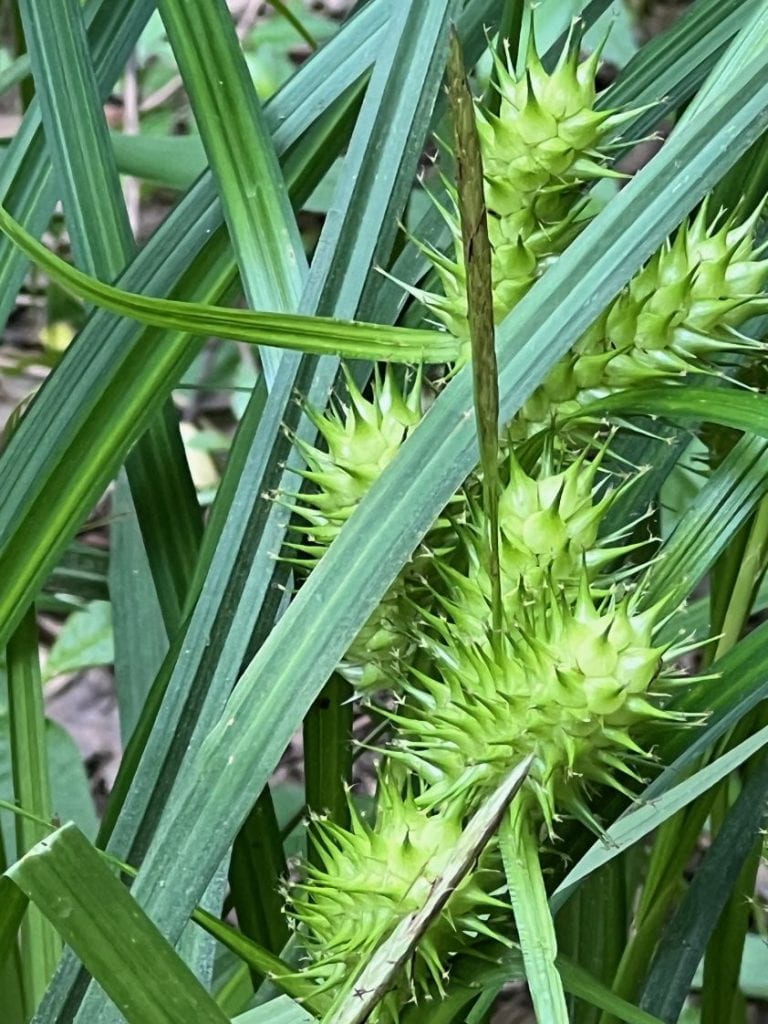

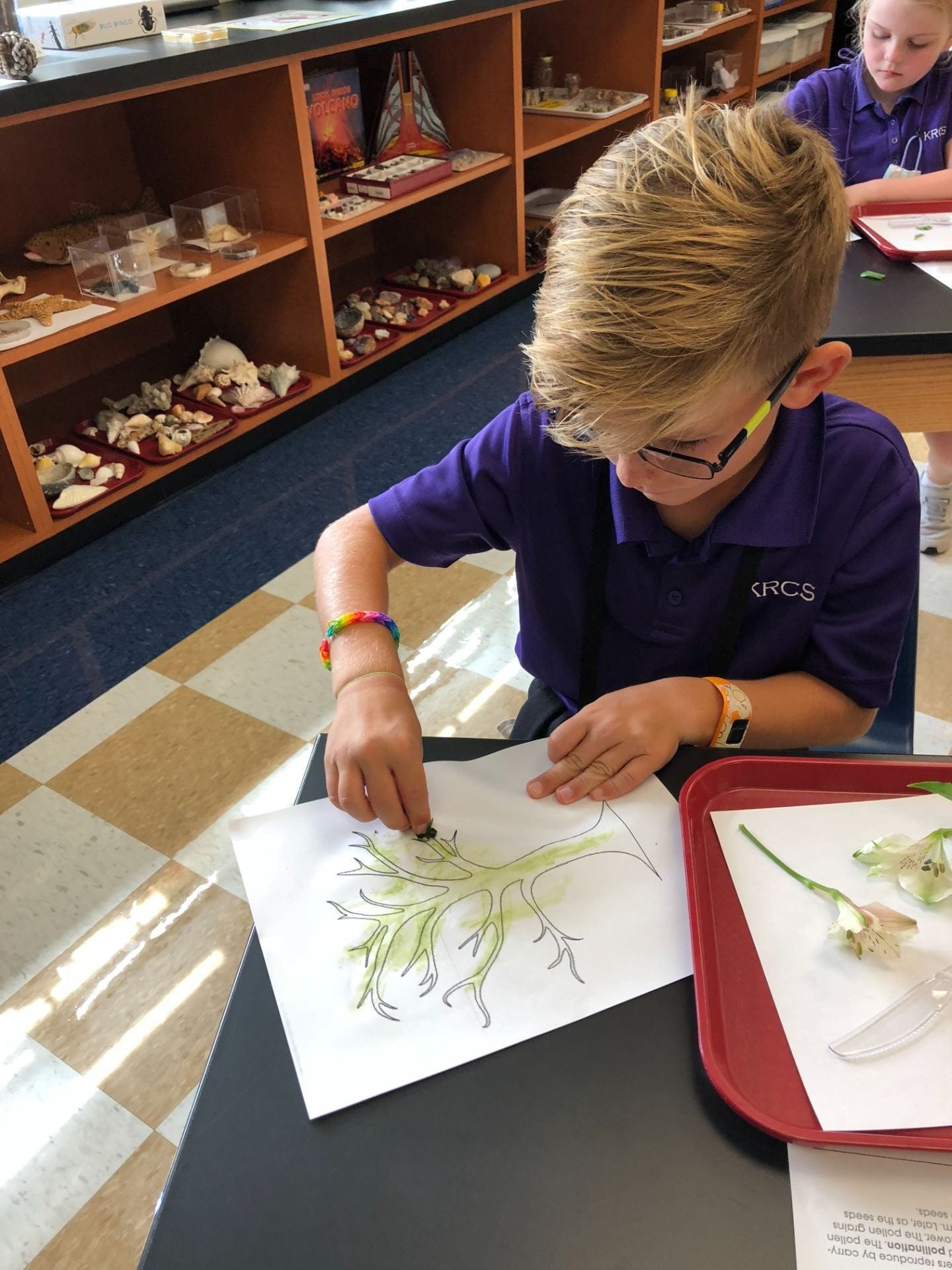
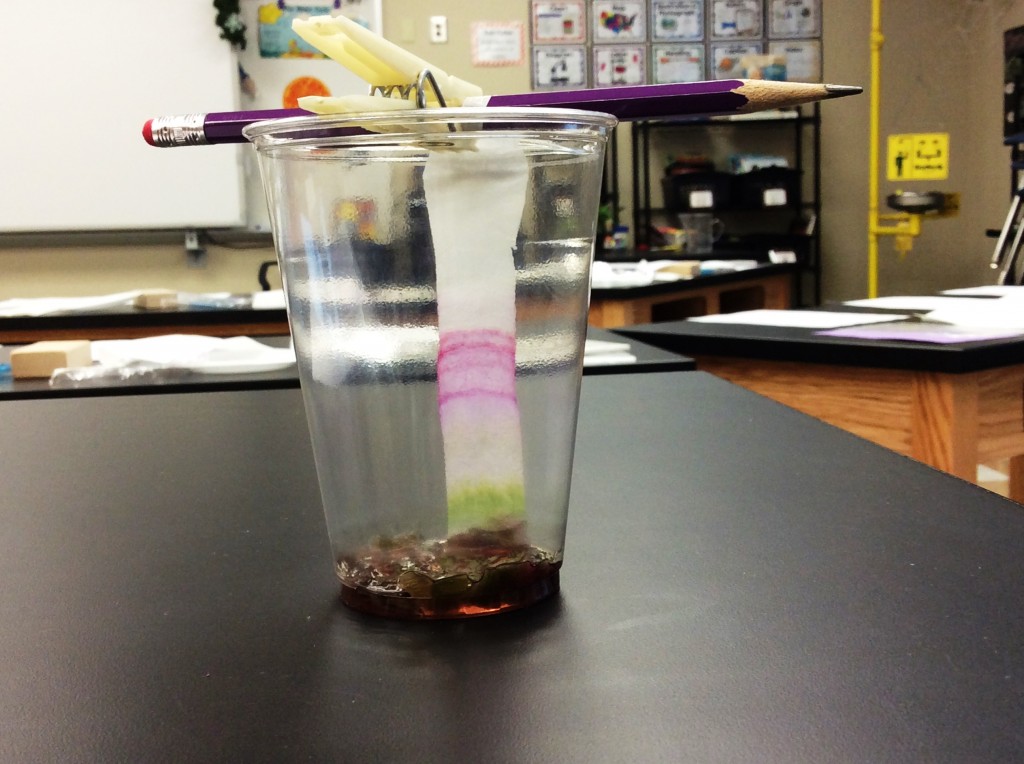
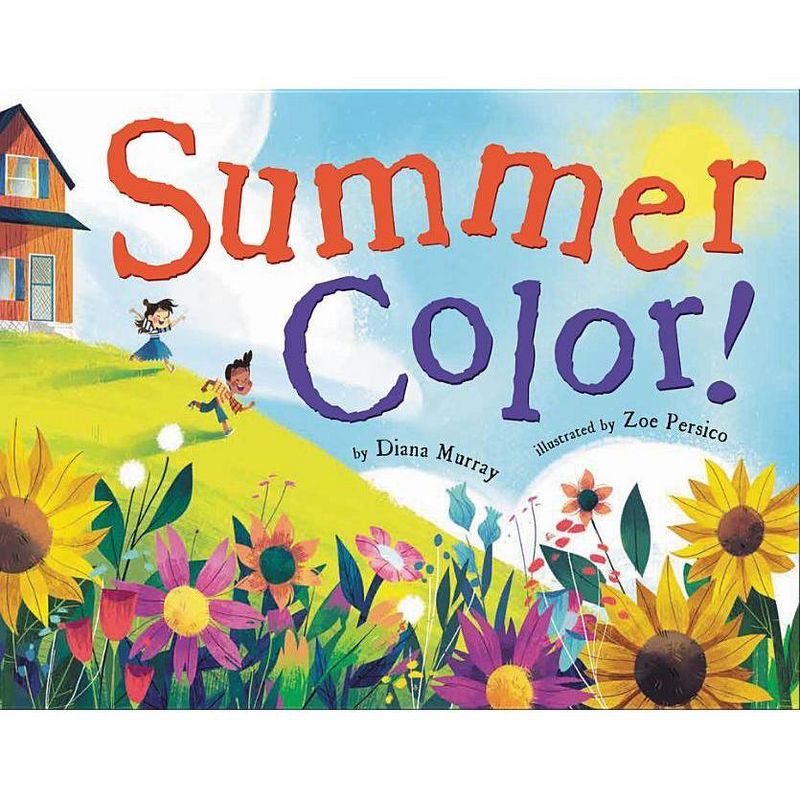 I like walking with intention and purpose. I’ve made a goal this summer to hunt for examples of each color and first up is orange. Often a color associated with fall, I was surprised at the number of orange pops in the summer landscape just waiting to be discovered. Now it’s your turn, how many orange items can you find – maybe a bird, stone, sunset, or shell? I tried to snap a photo of a chipmunk, but it was too fast!
I like walking with intention and purpose. I’ve made a goal this summer to hunt for examples of each color and first up is orange. Often a color associated with fall, I was surprised at the number of orange pops in the summer landscape just waiting to be discovered. Now it’s your turn, how many orange items can you find – maybe a bird, stone, sunset, or shell? I tried to snap a photo of a chipmunk, but it was too fast!











